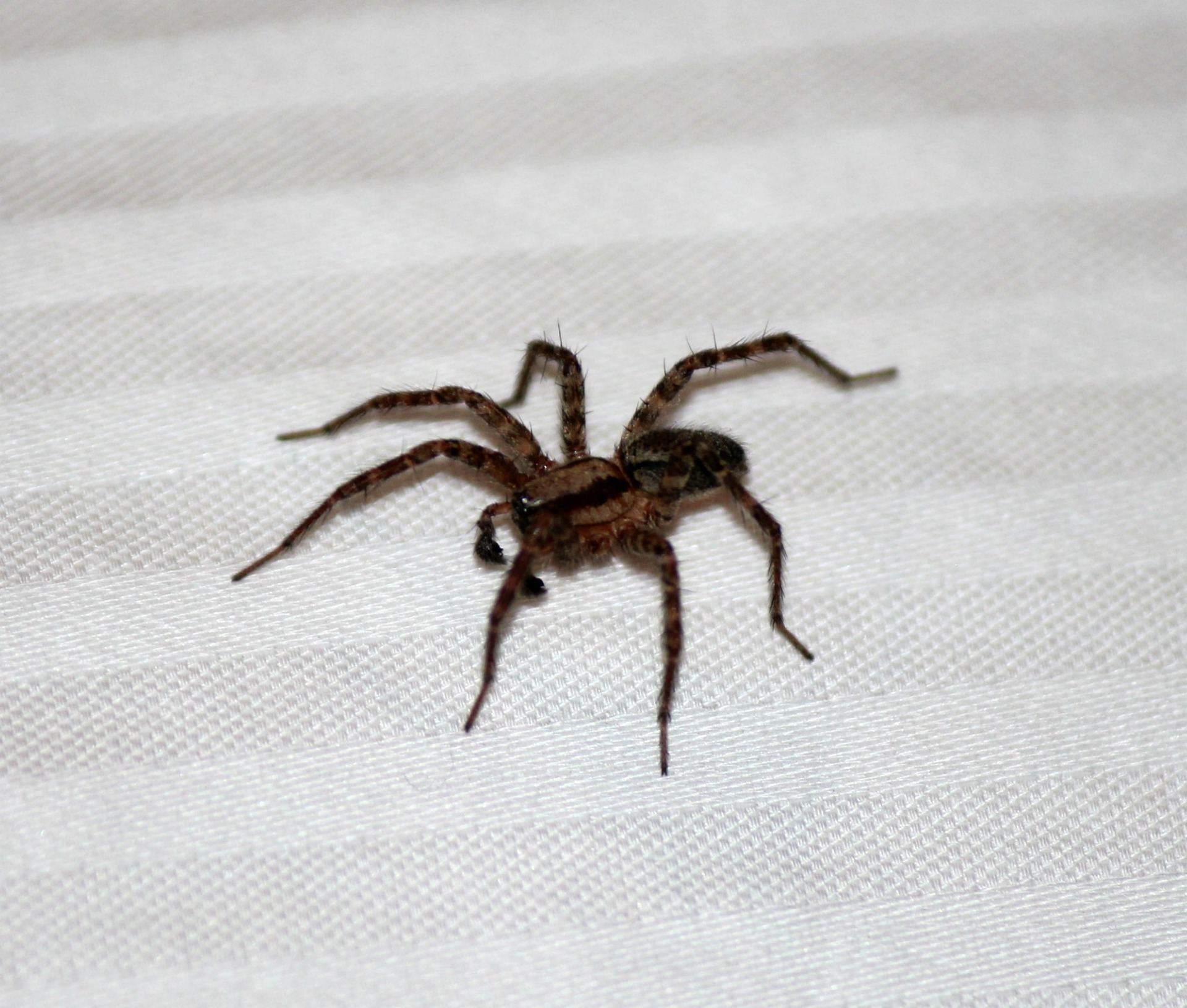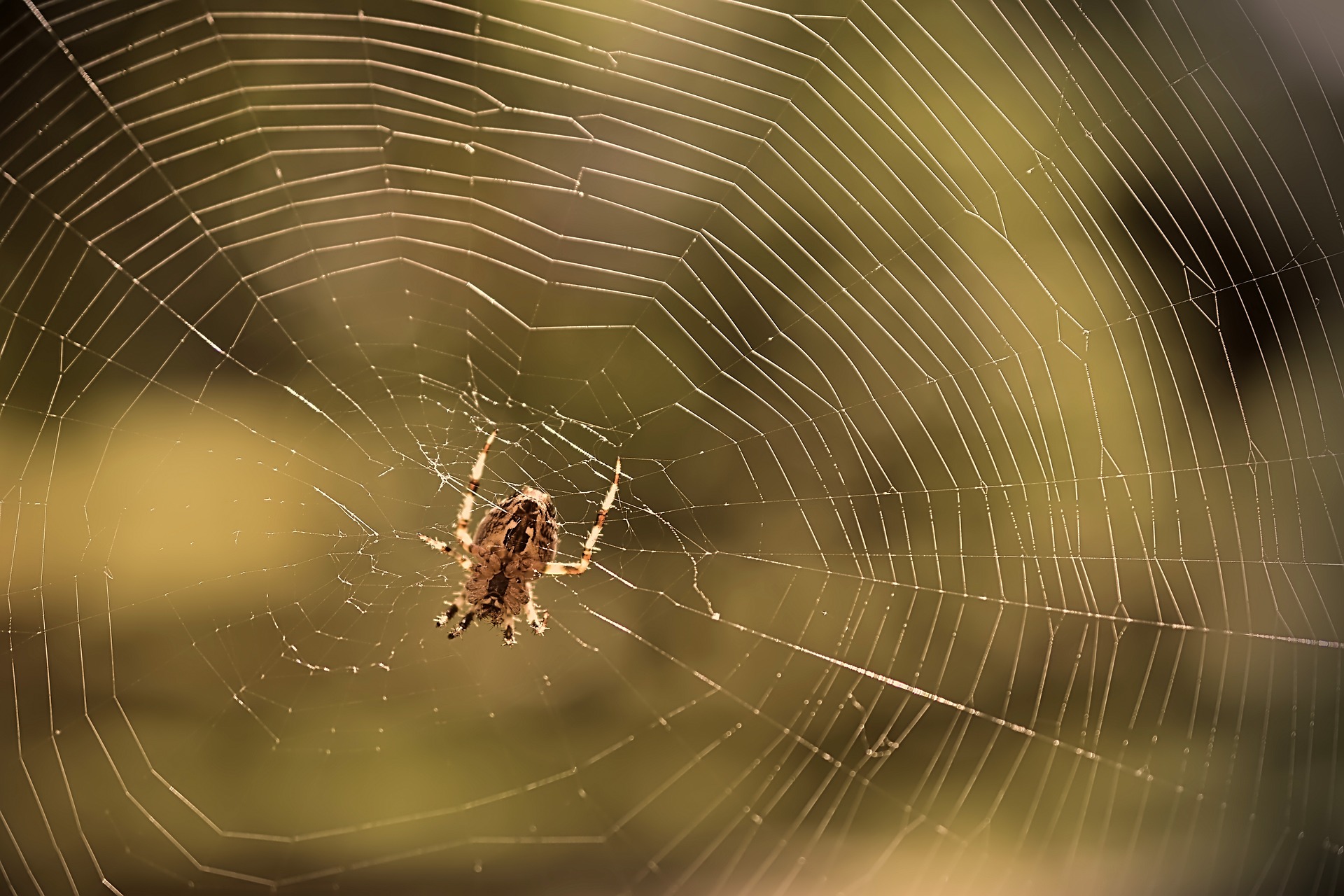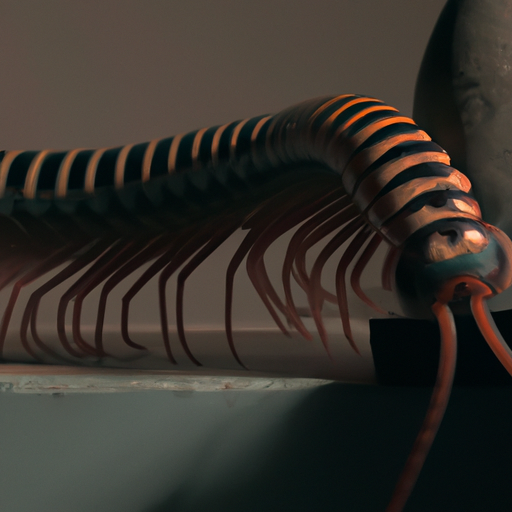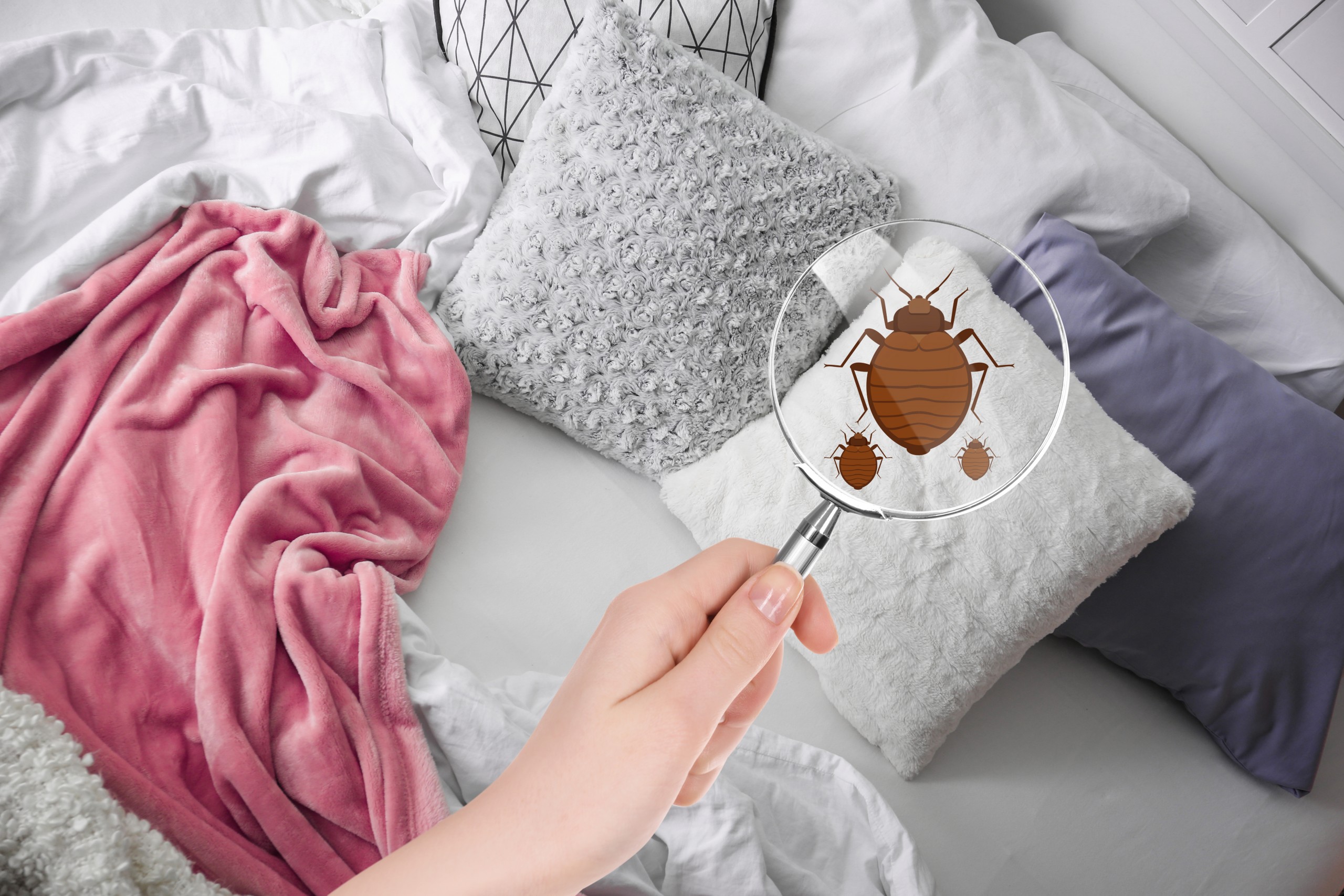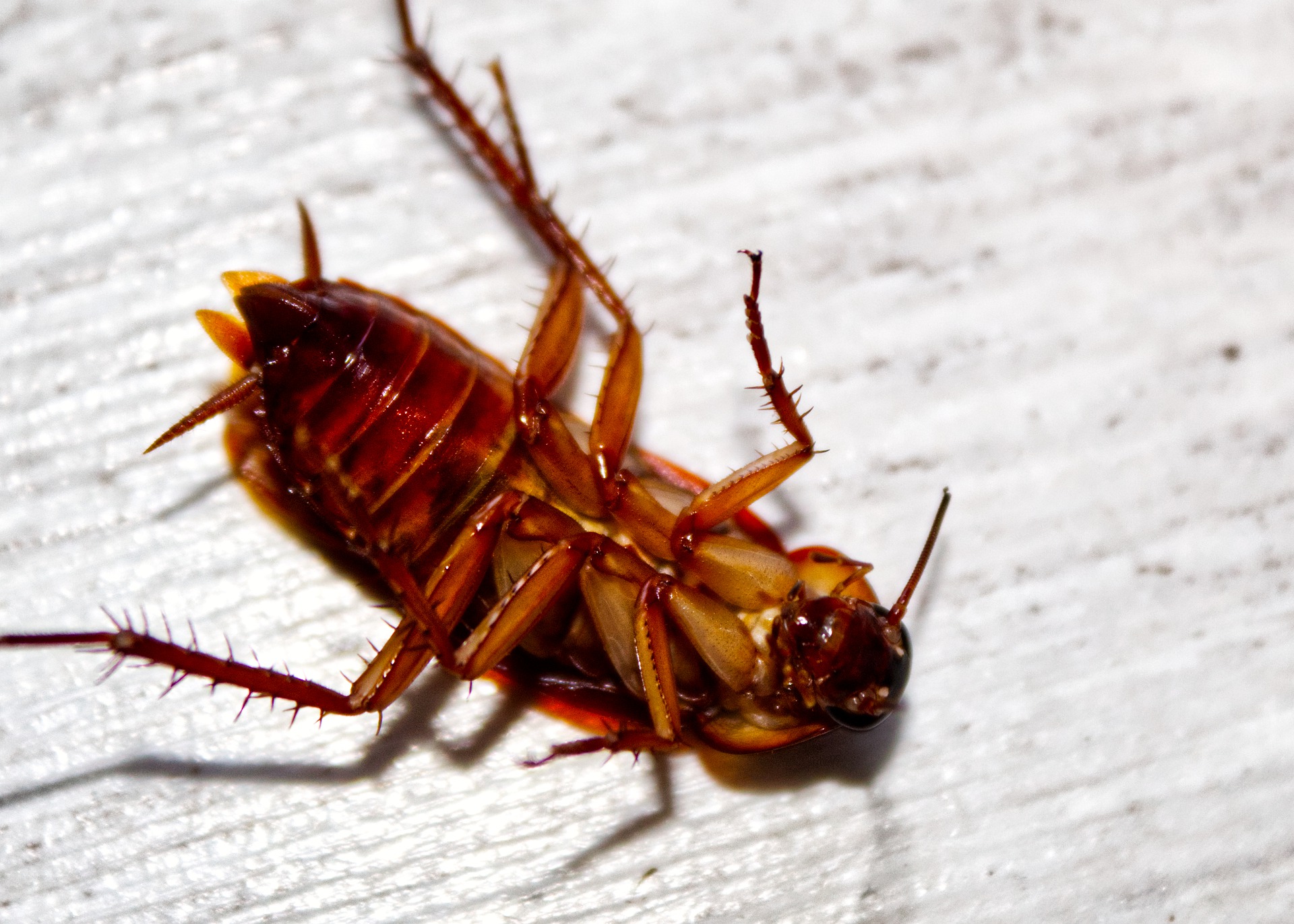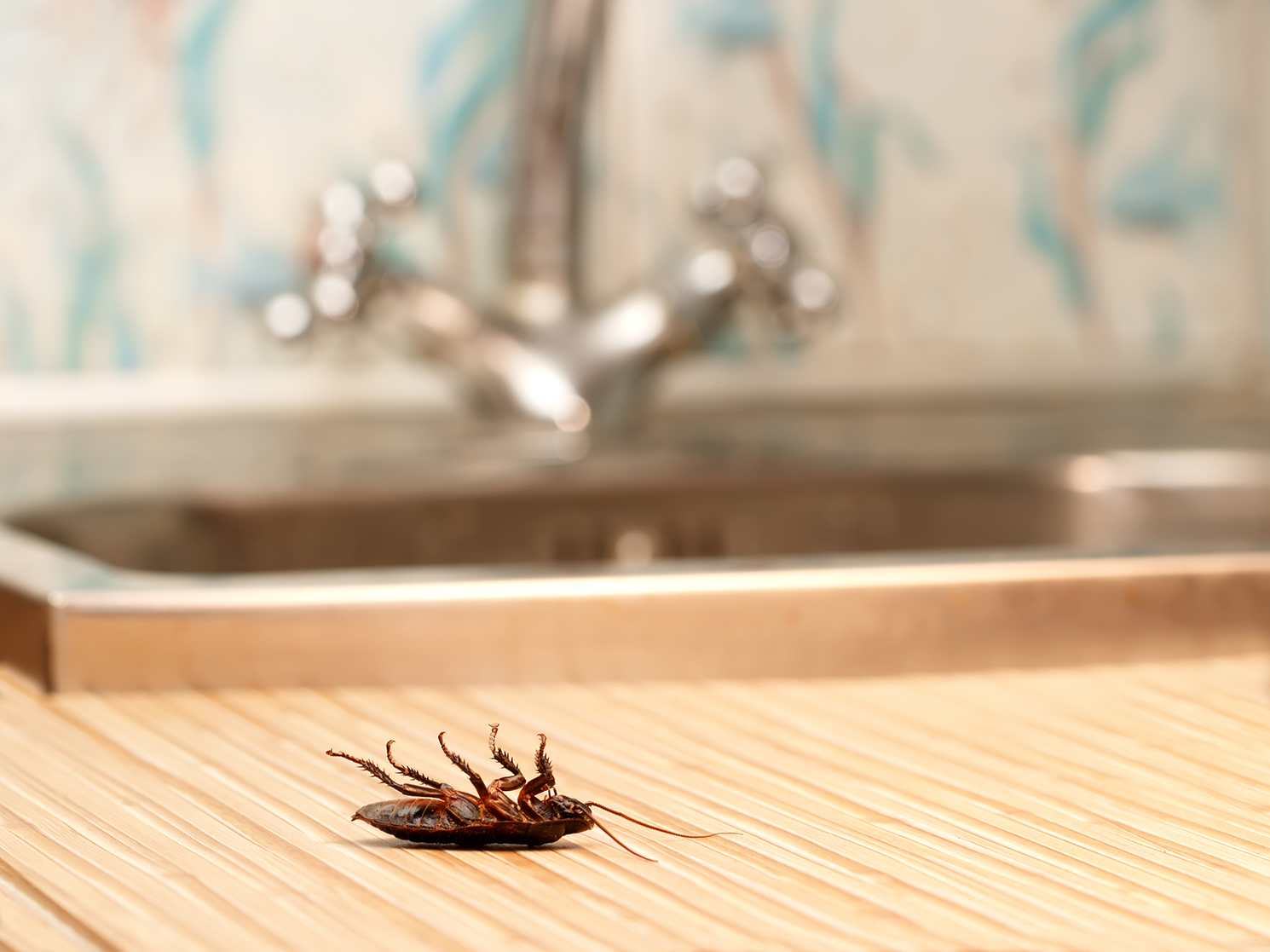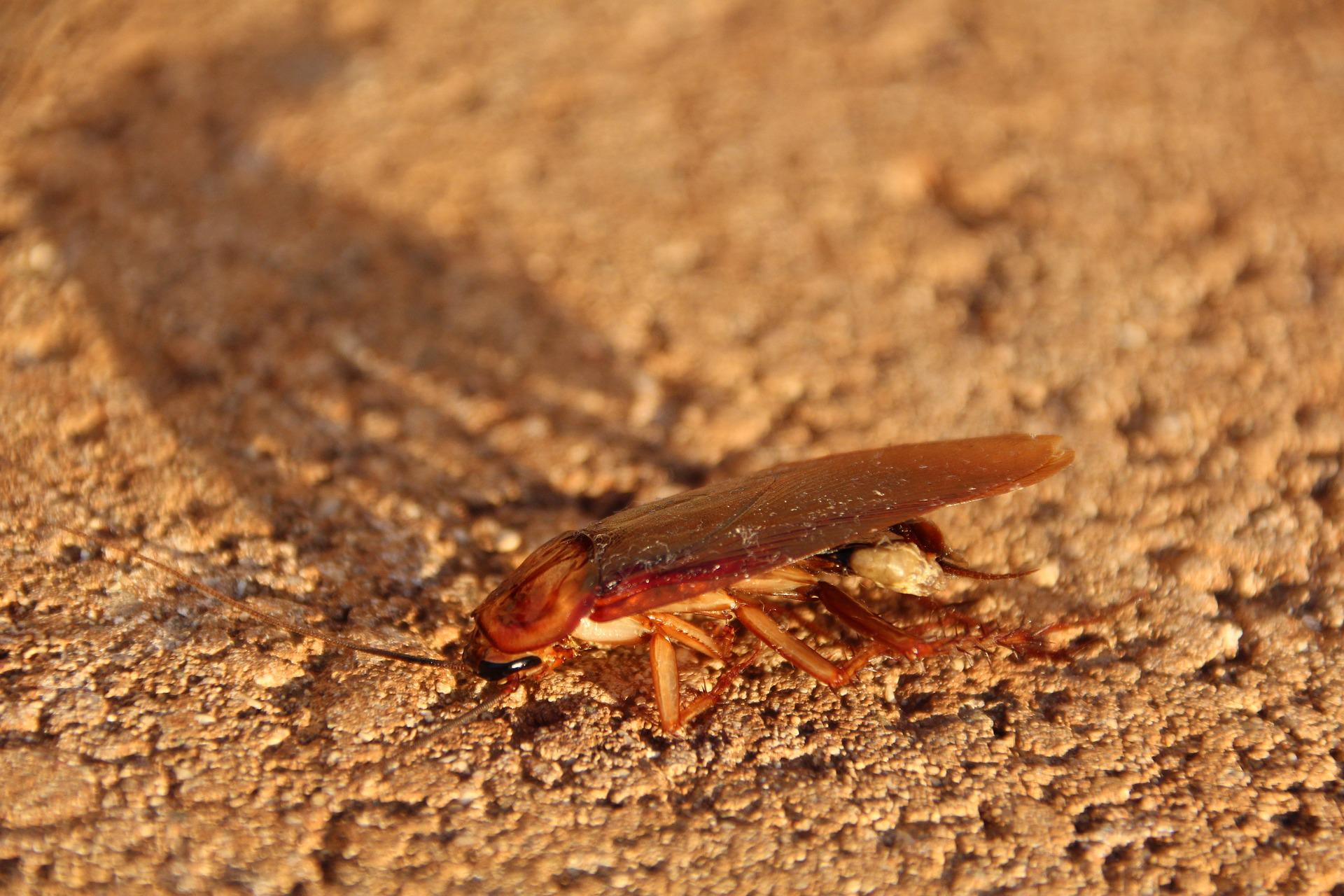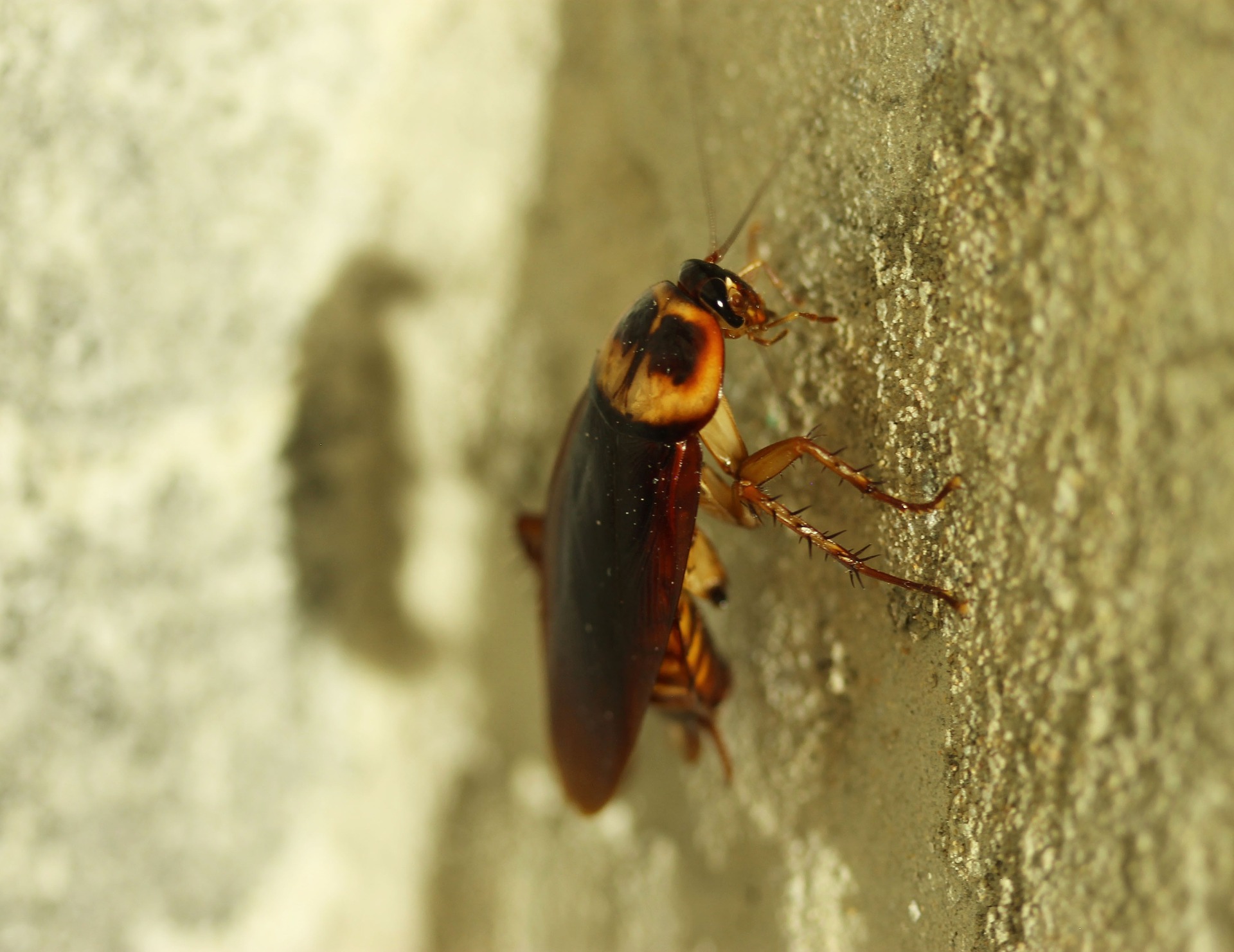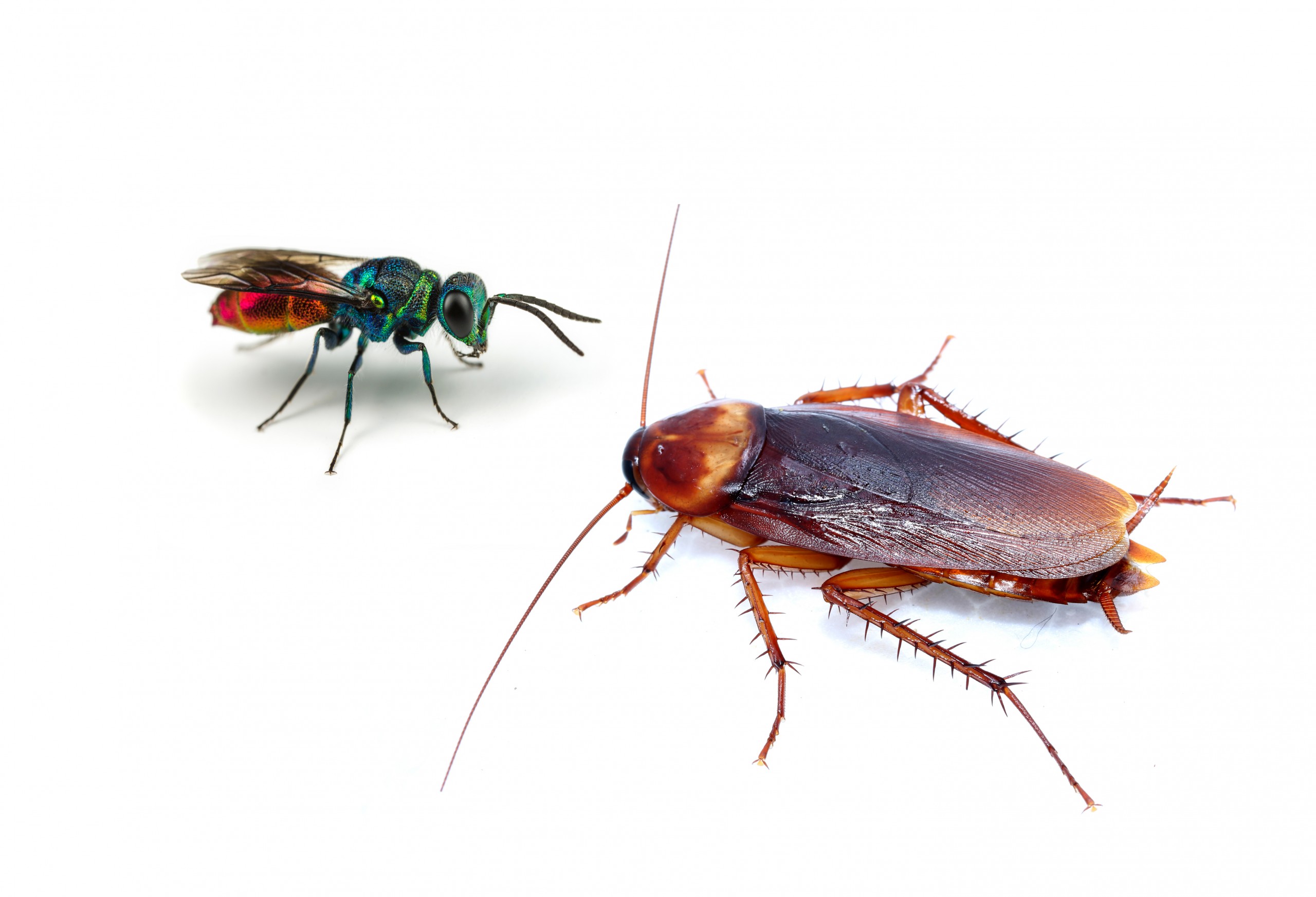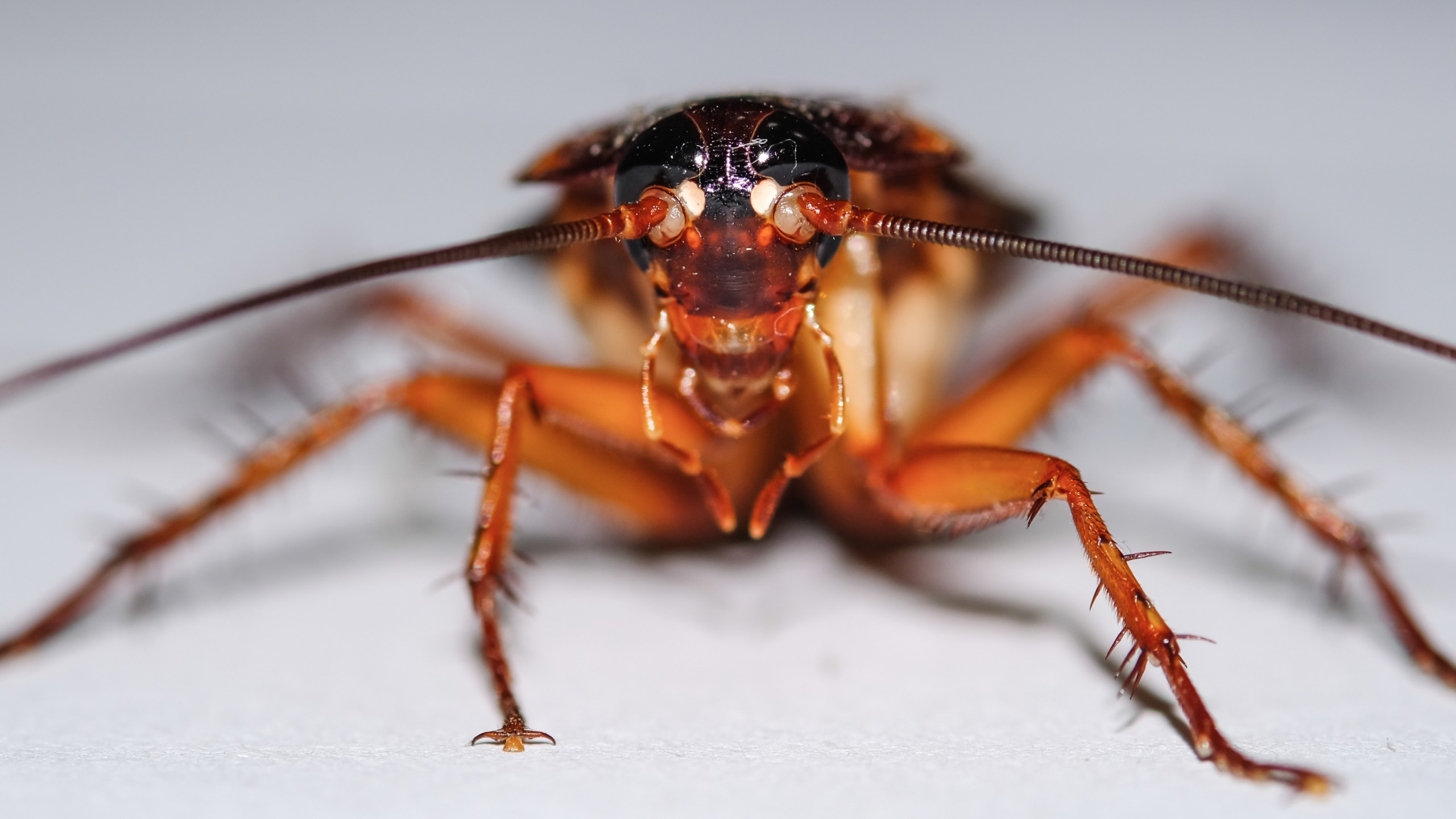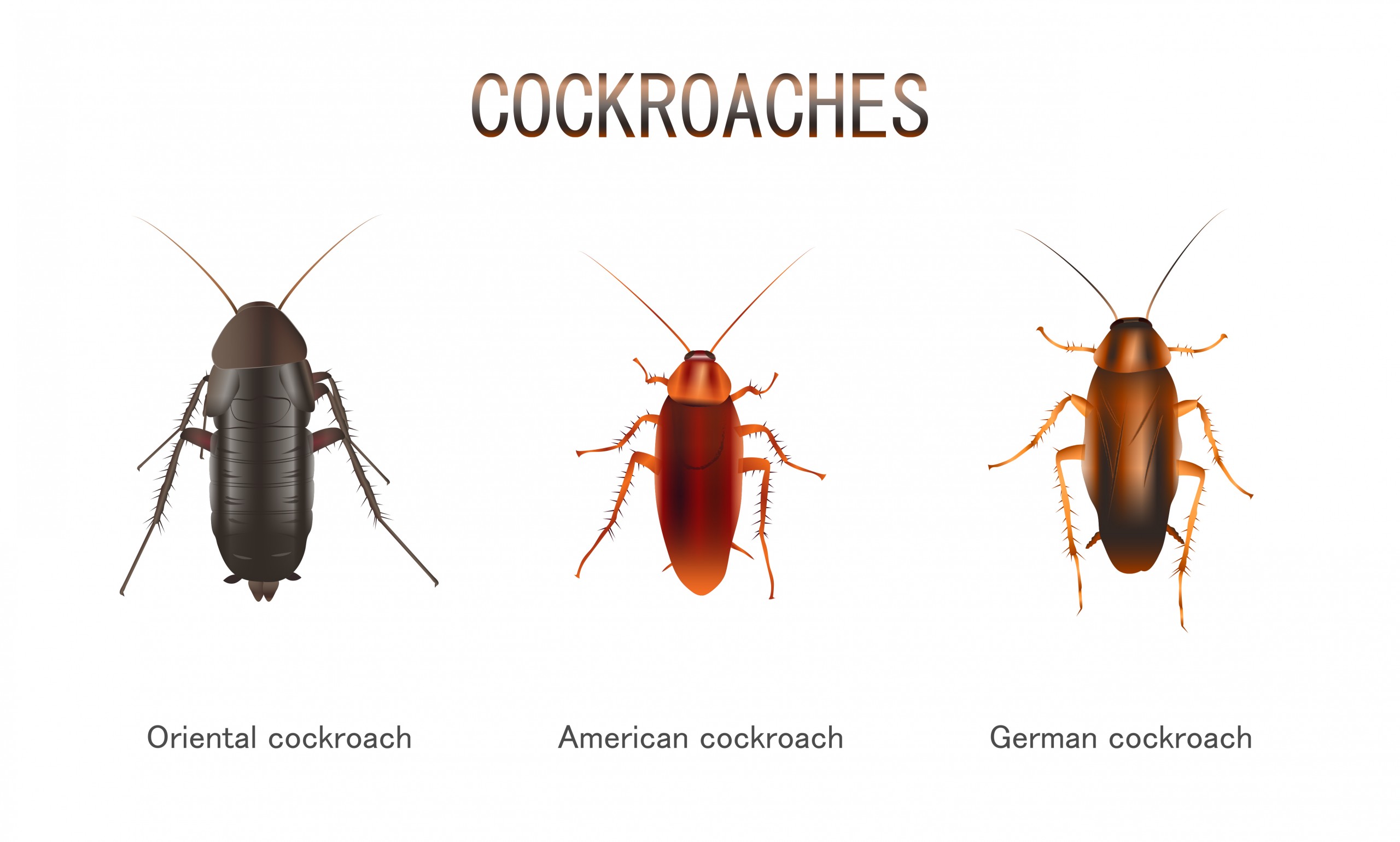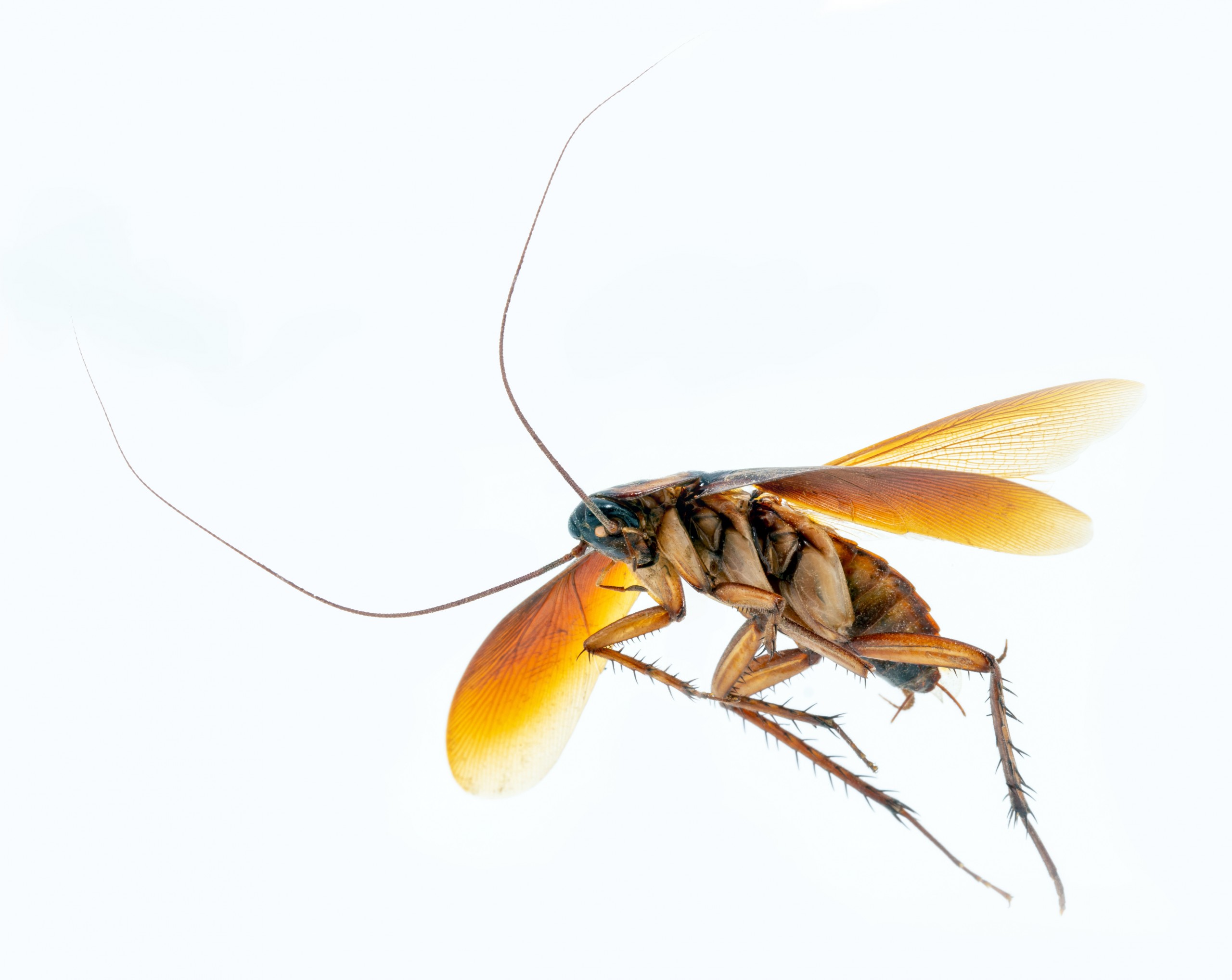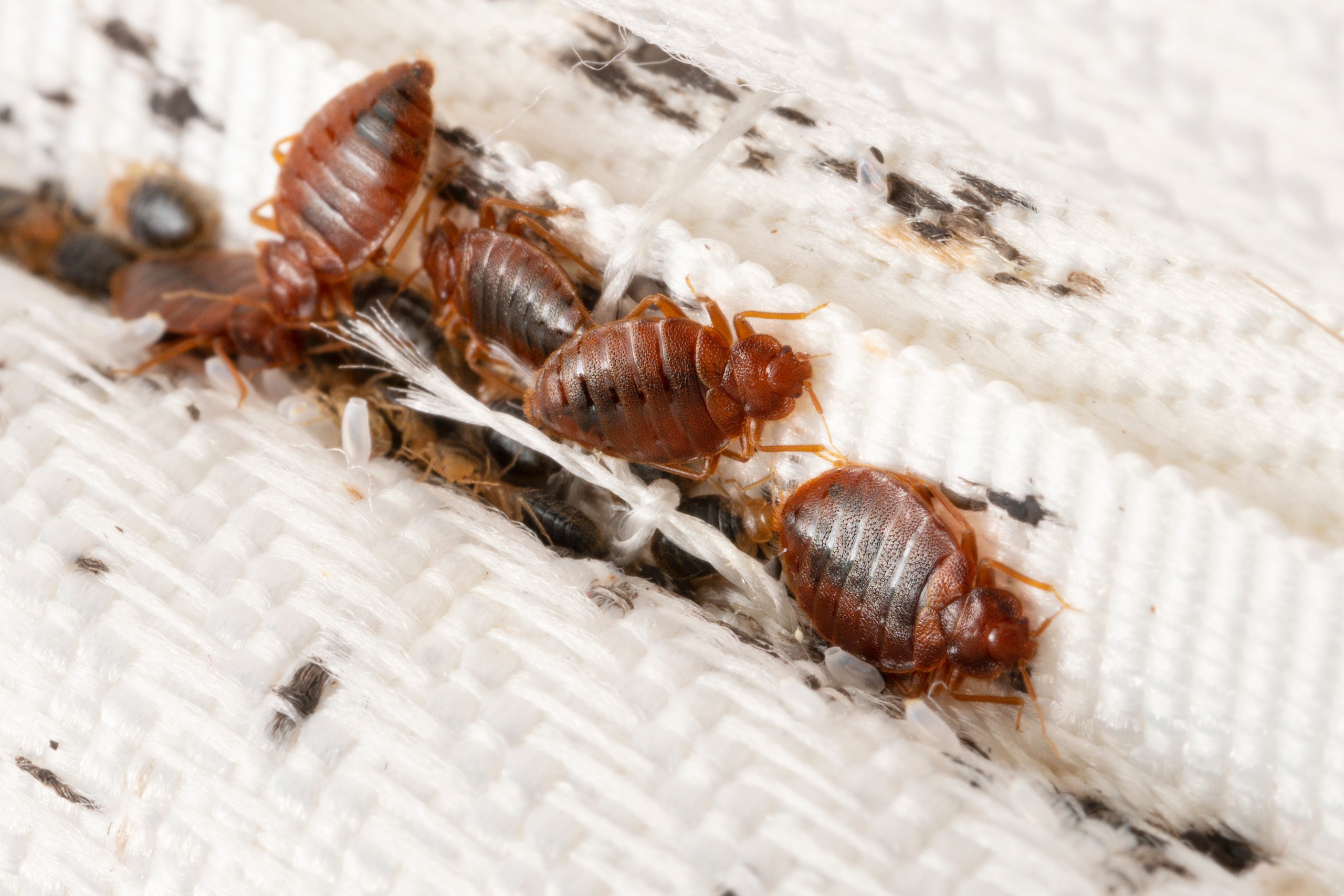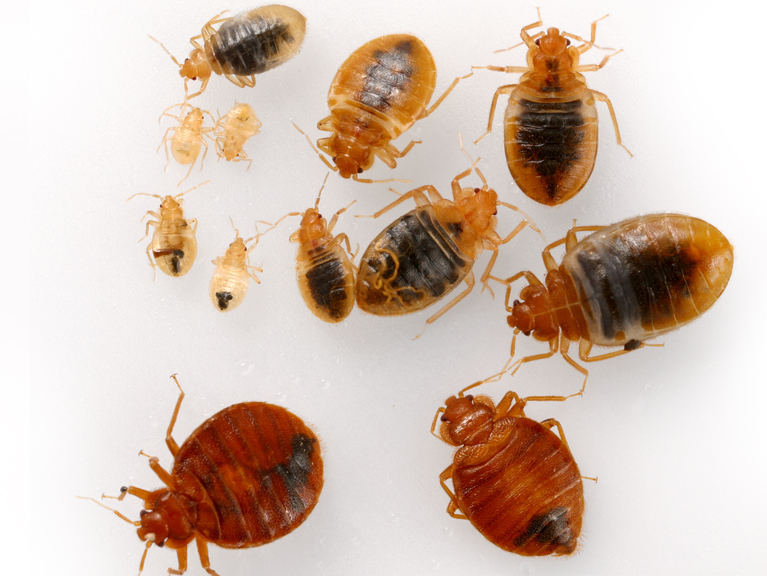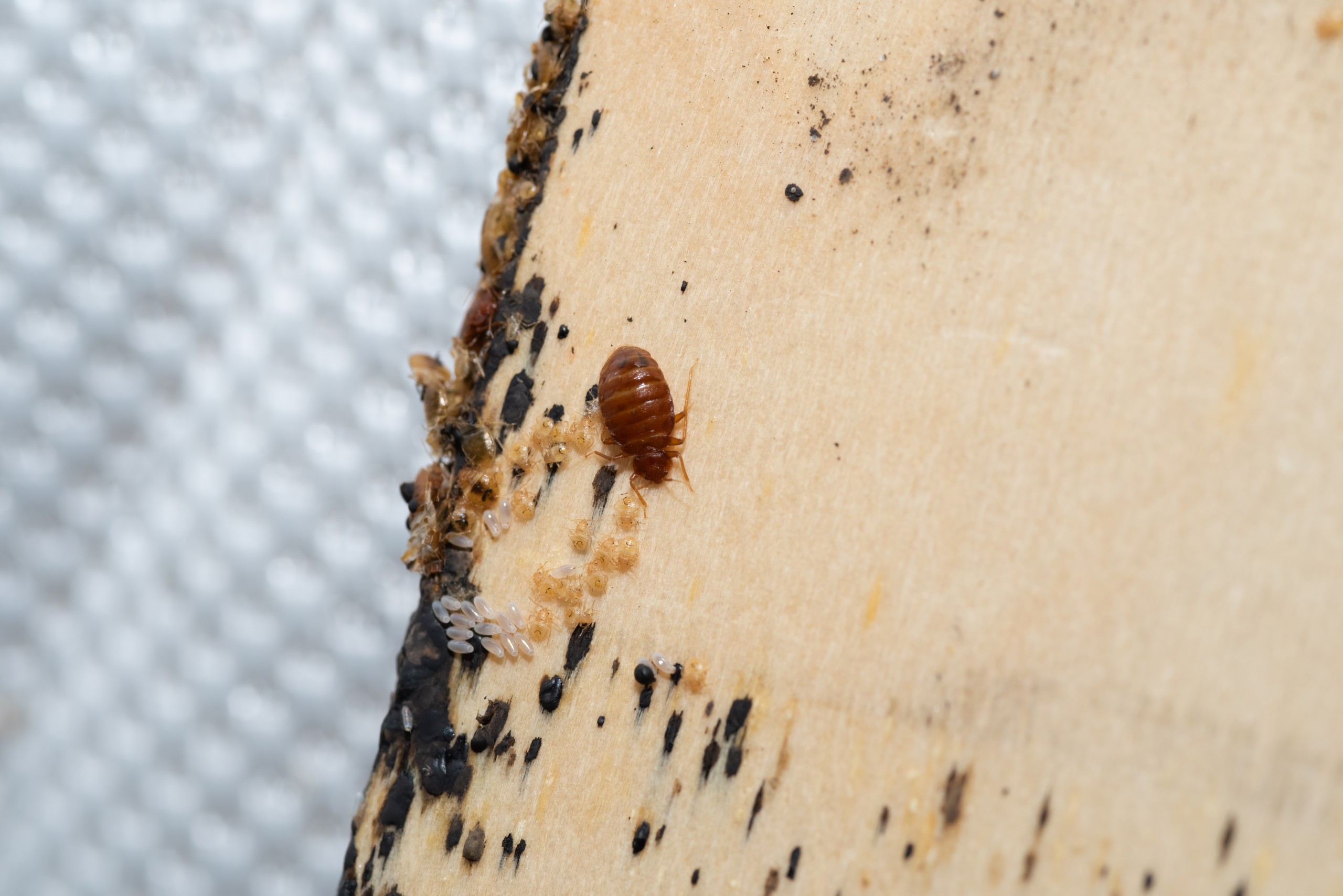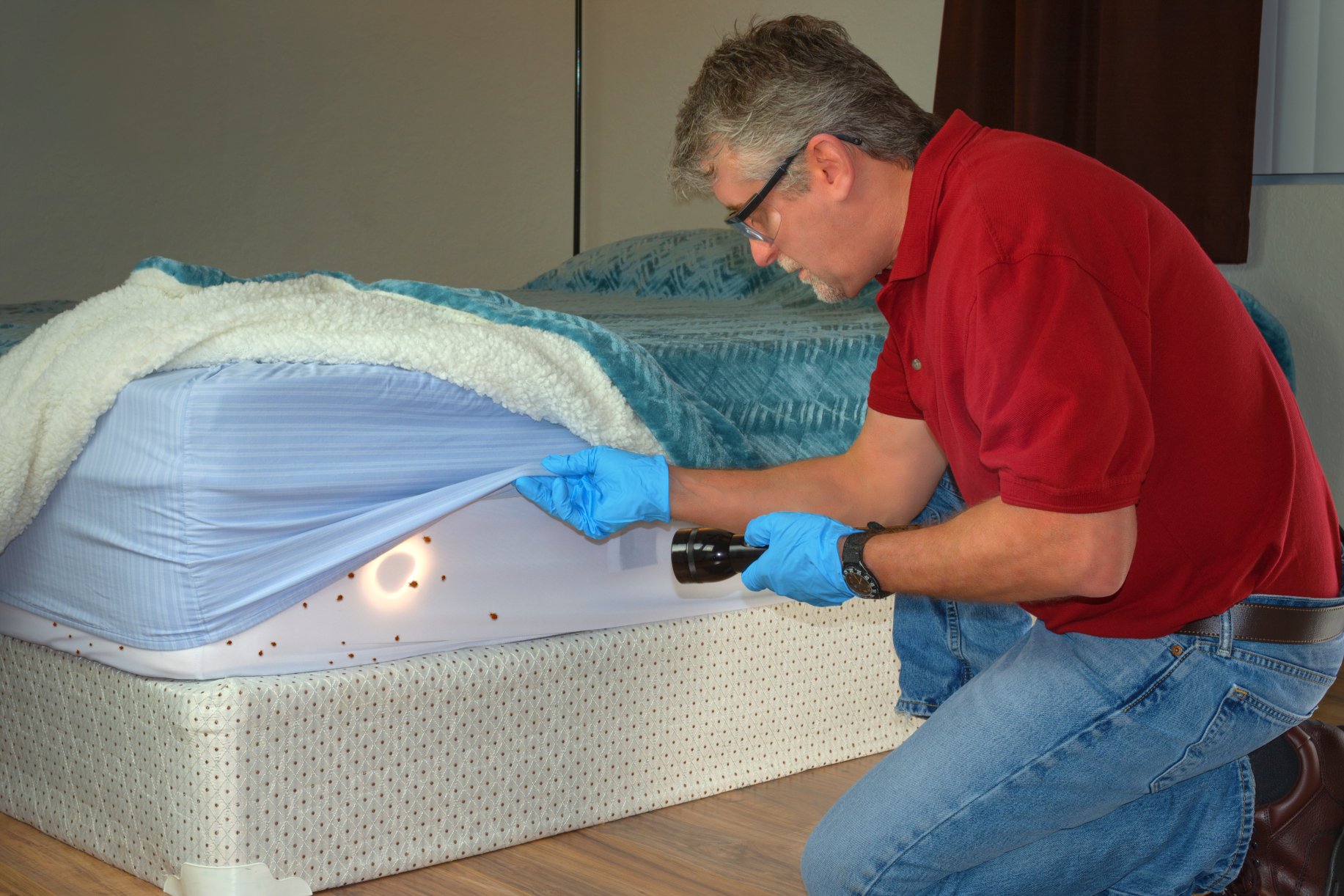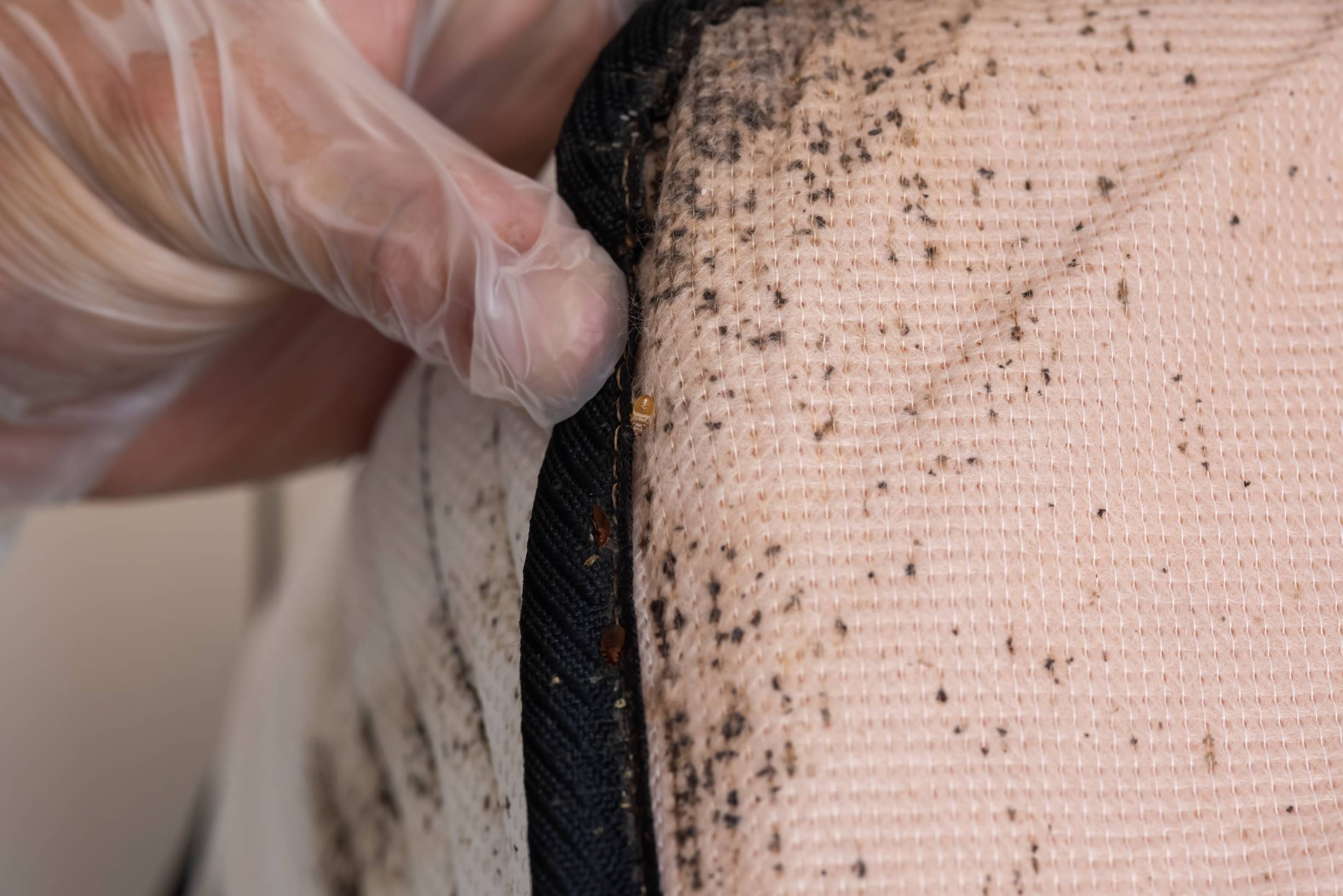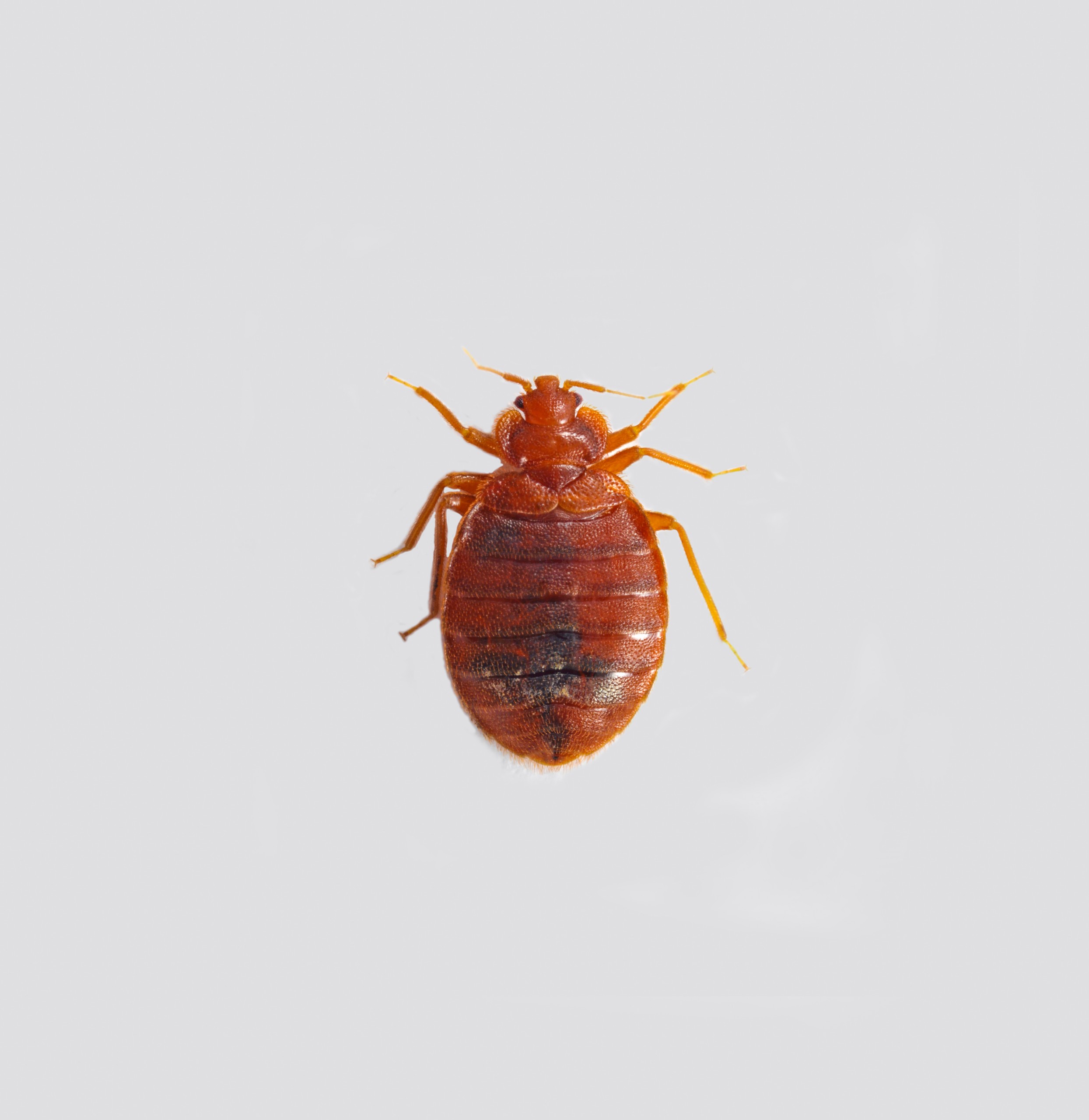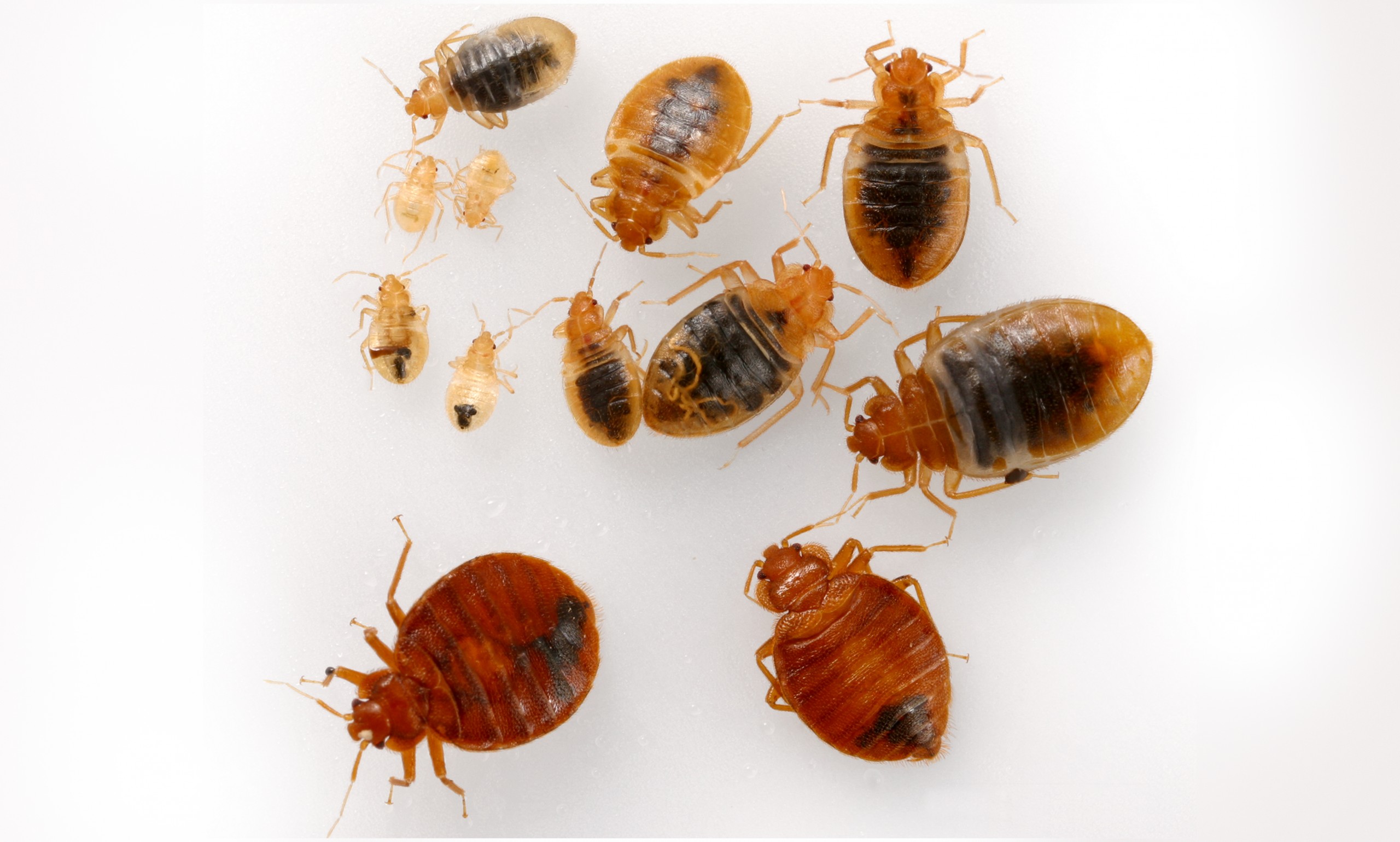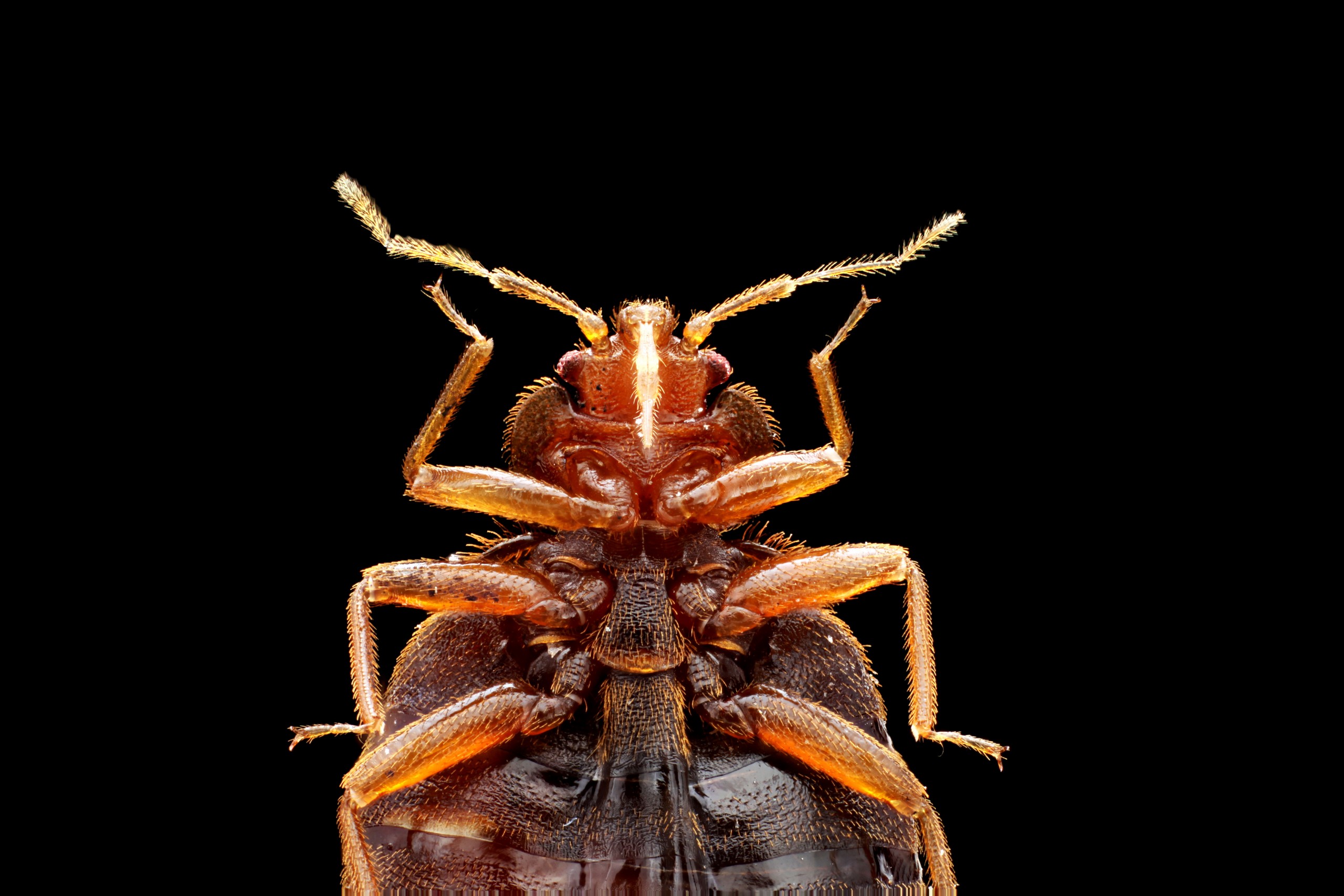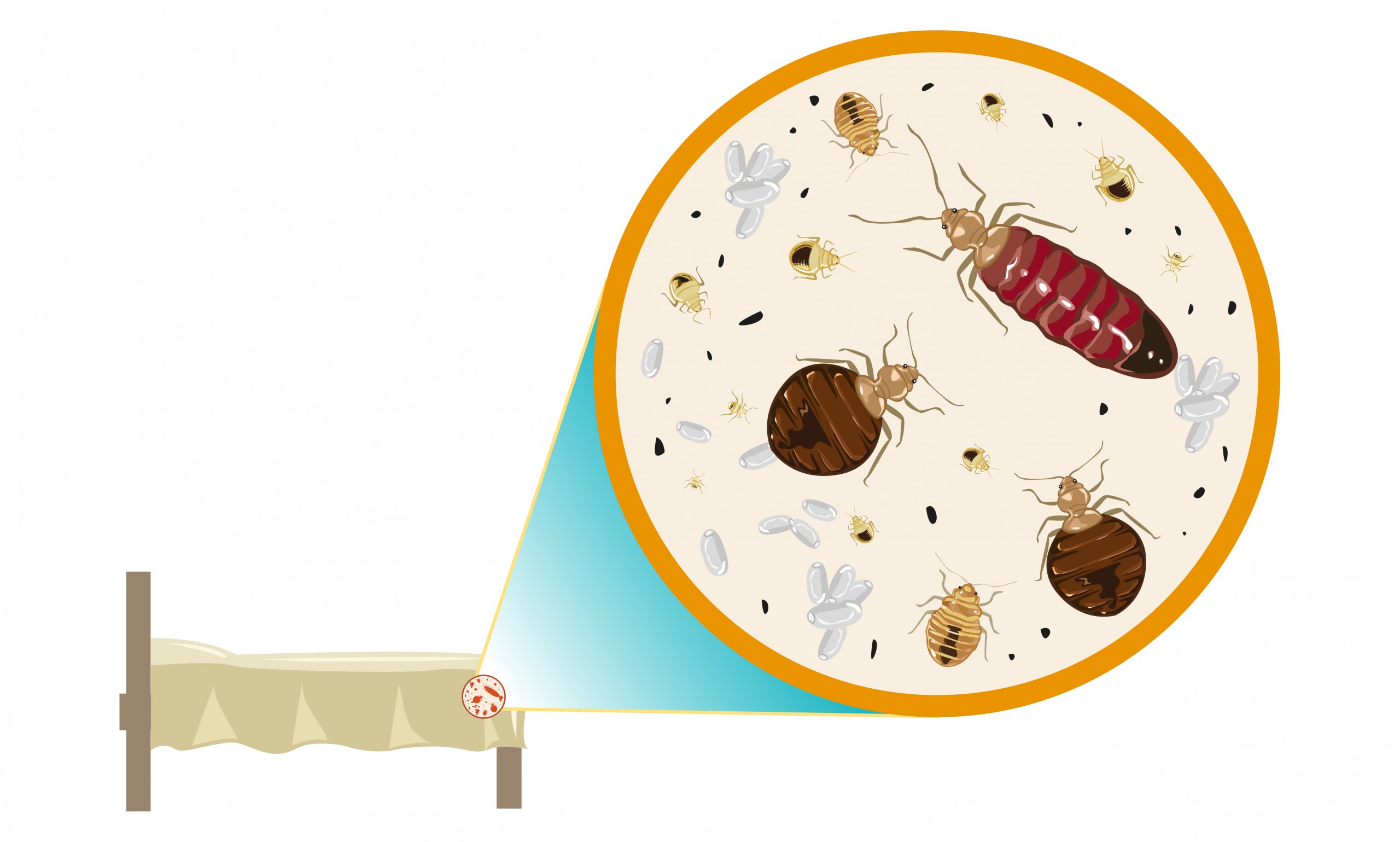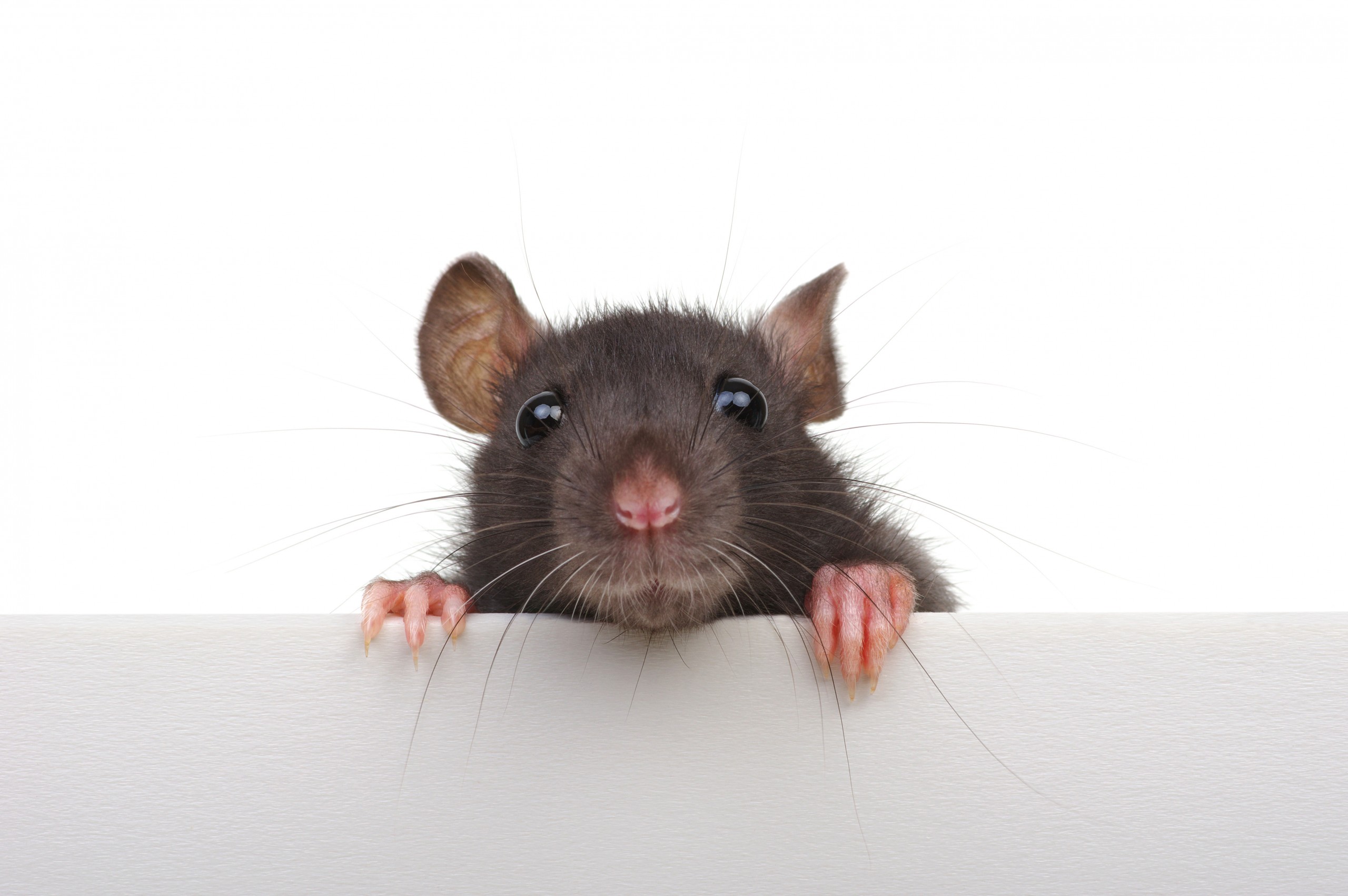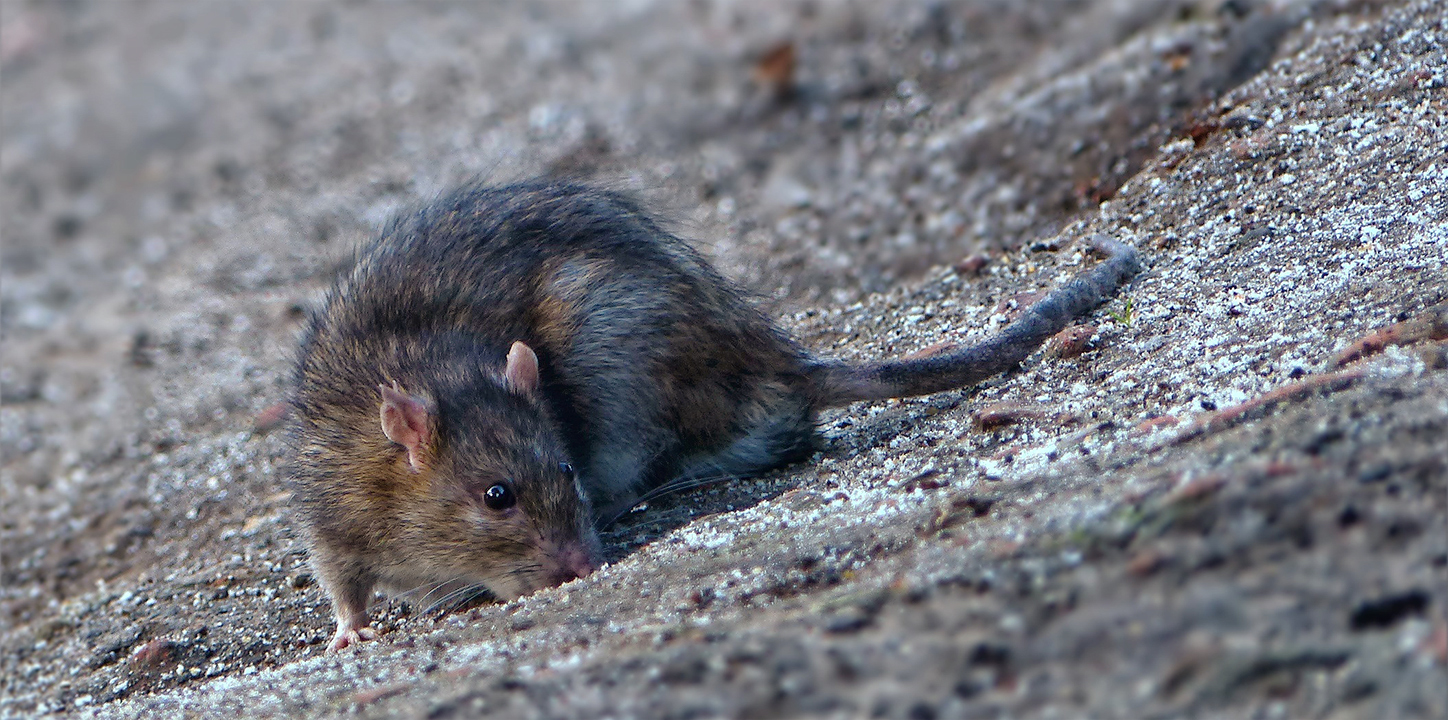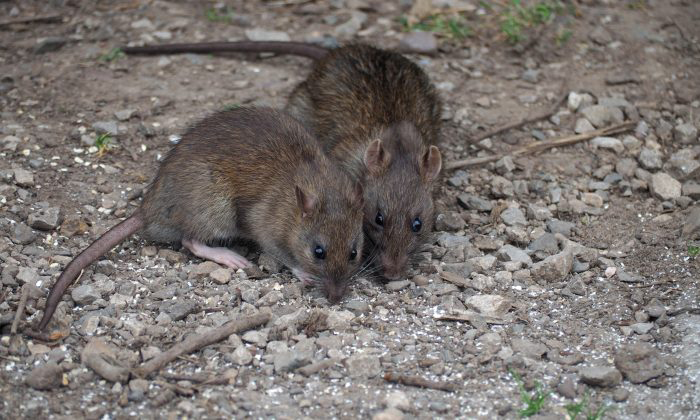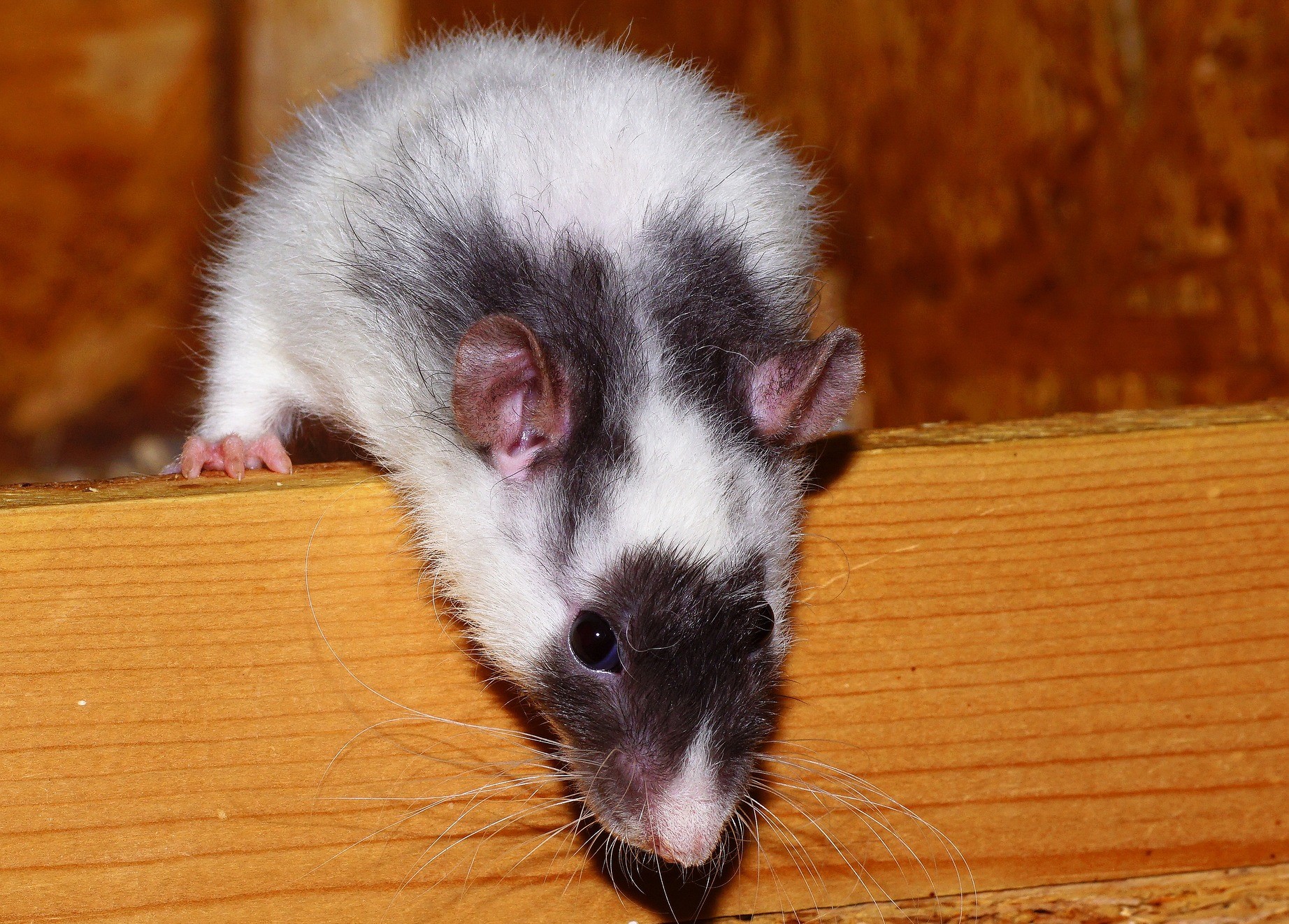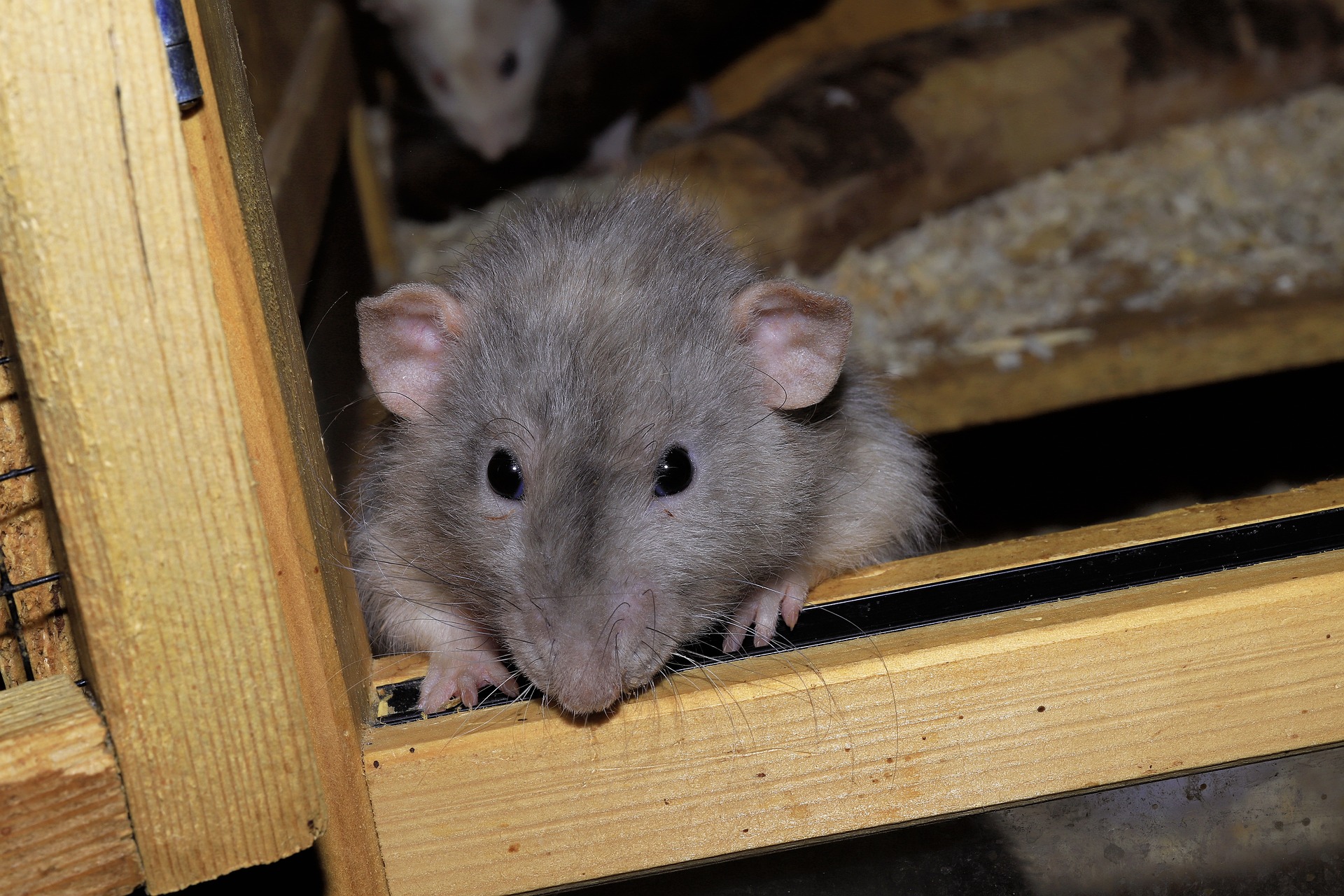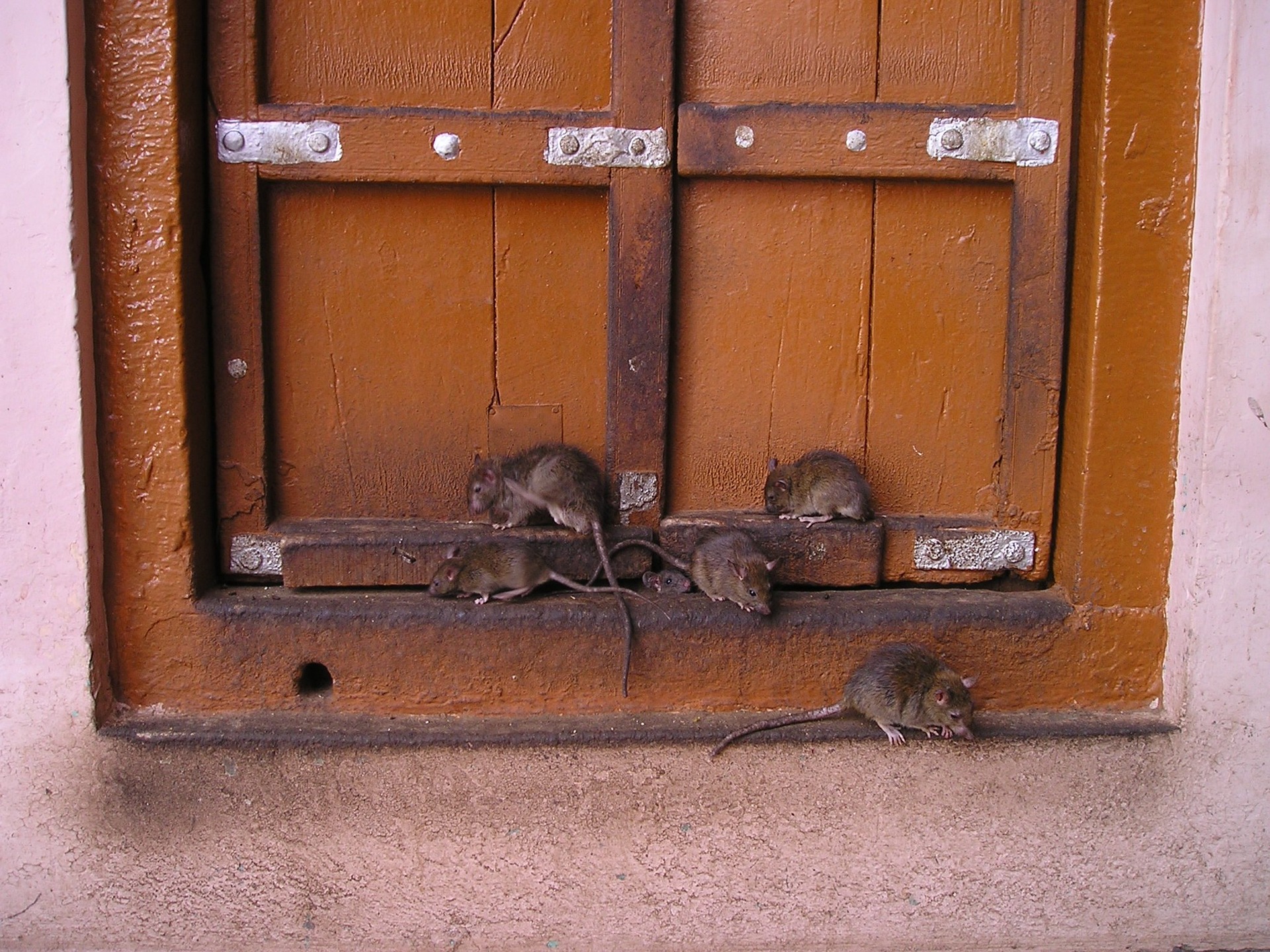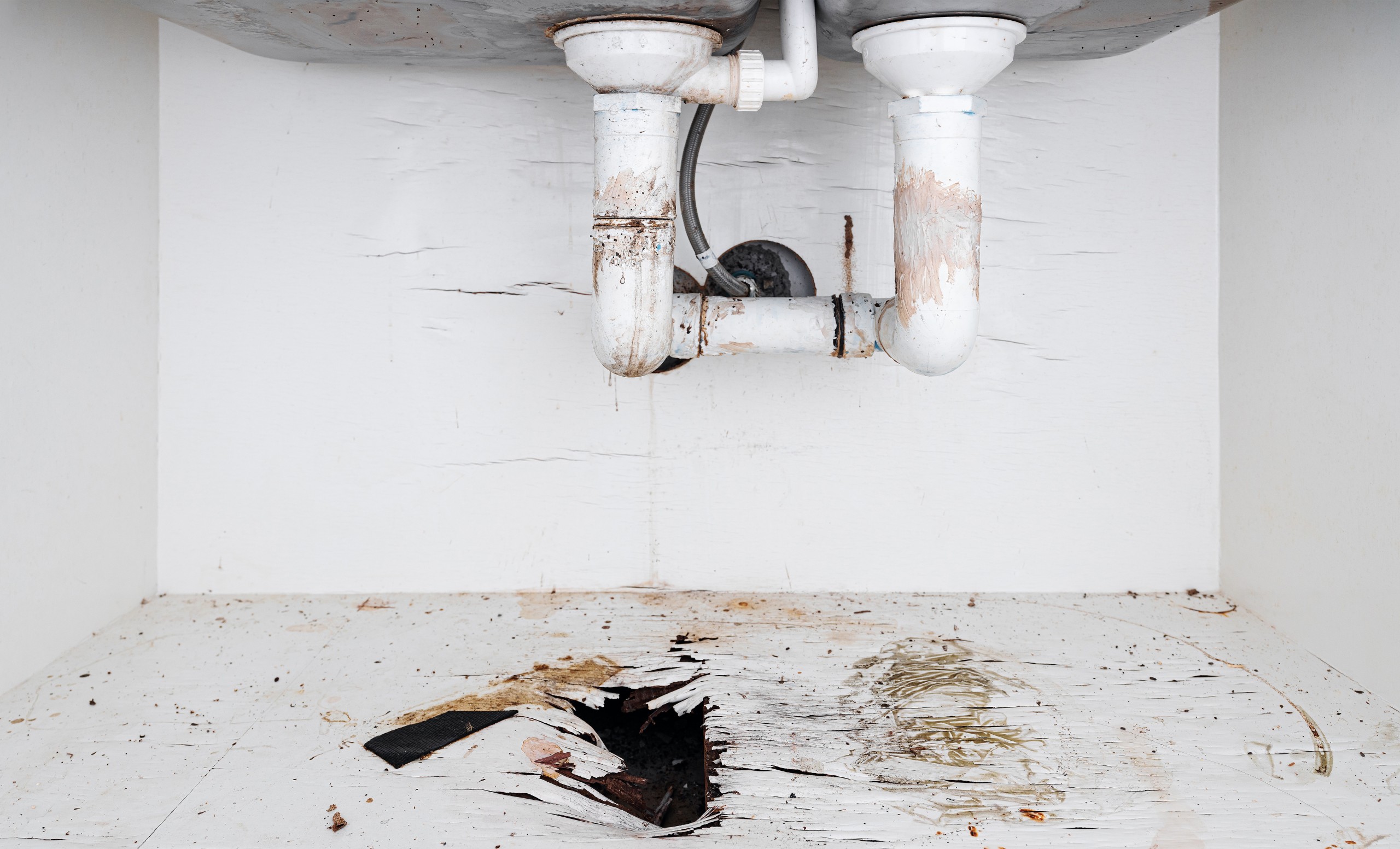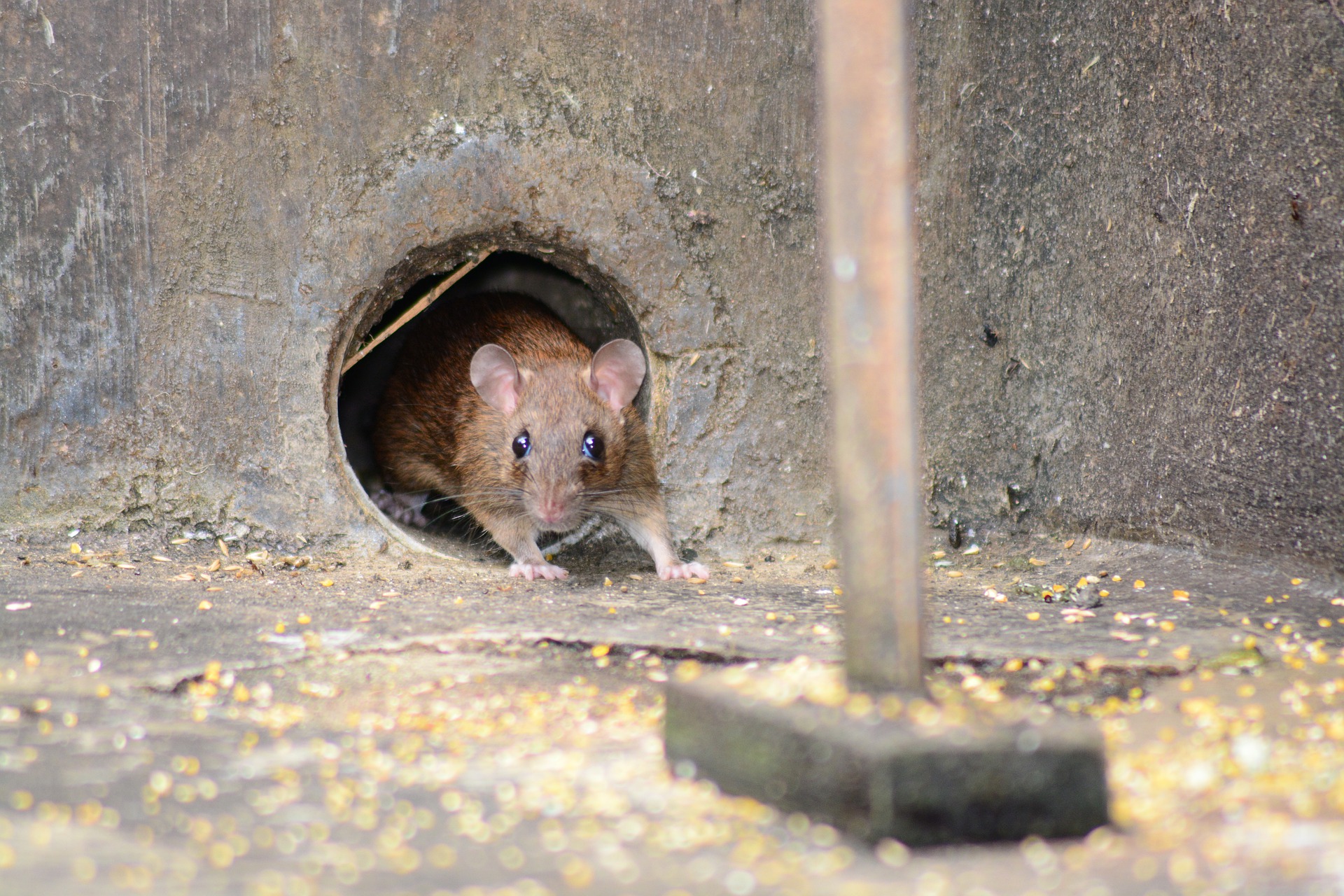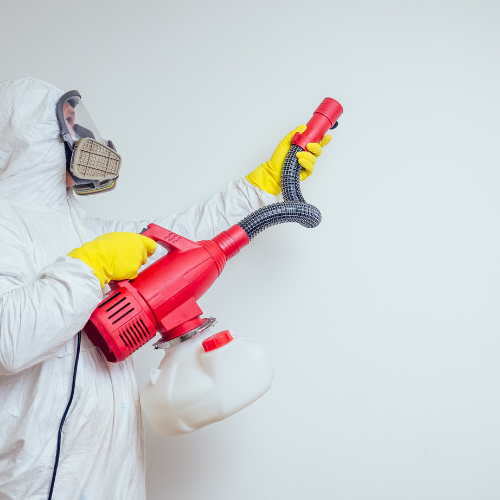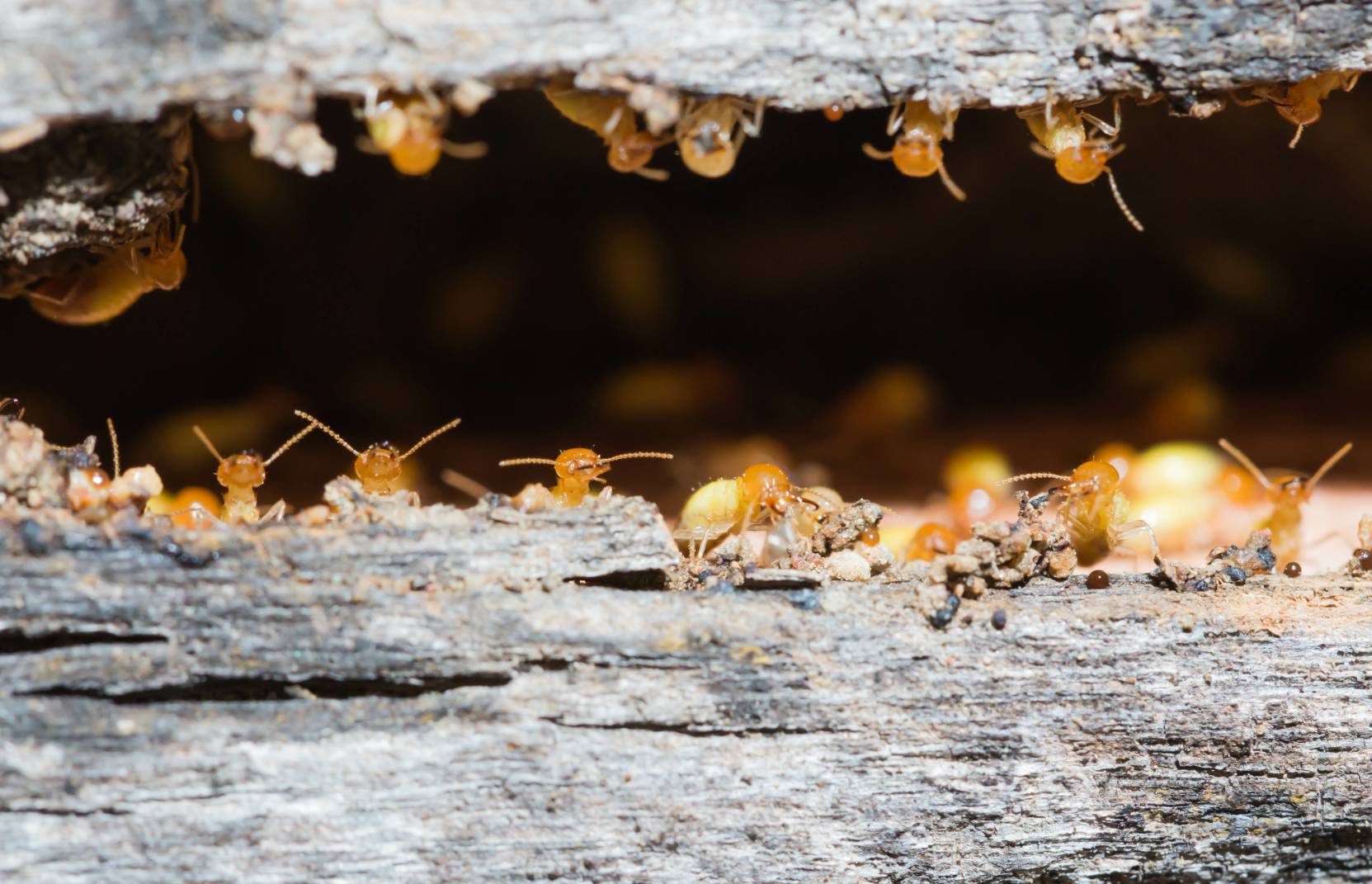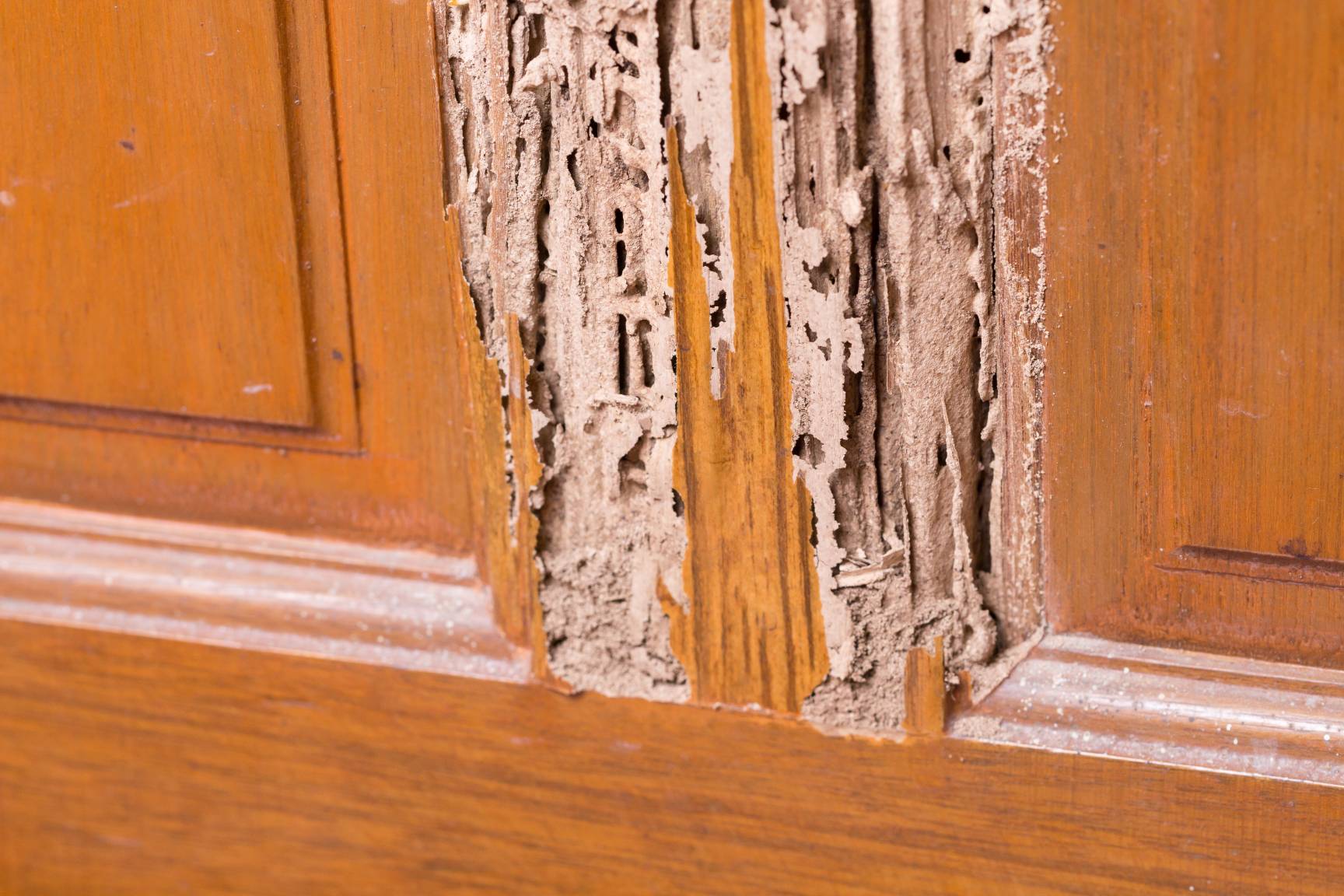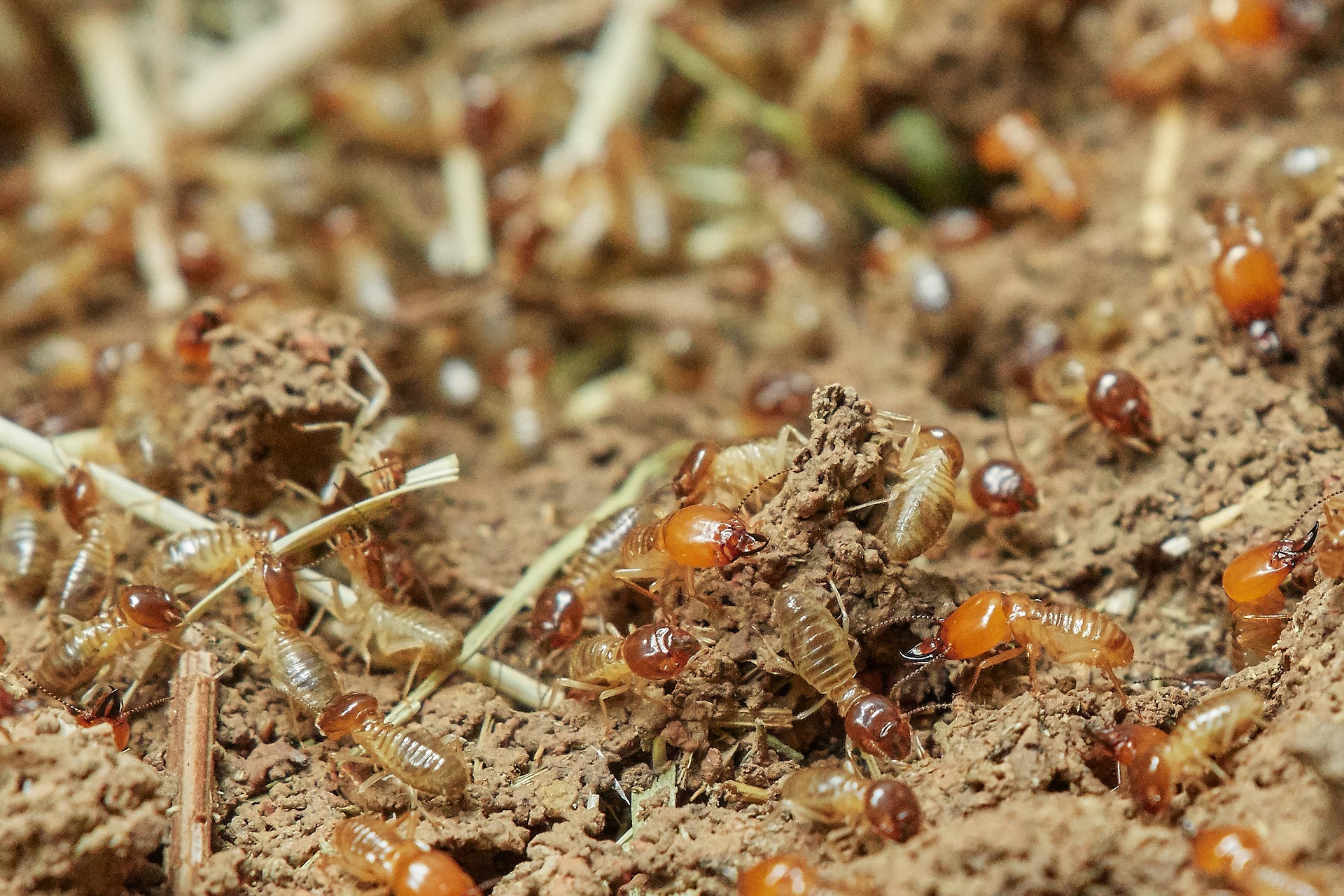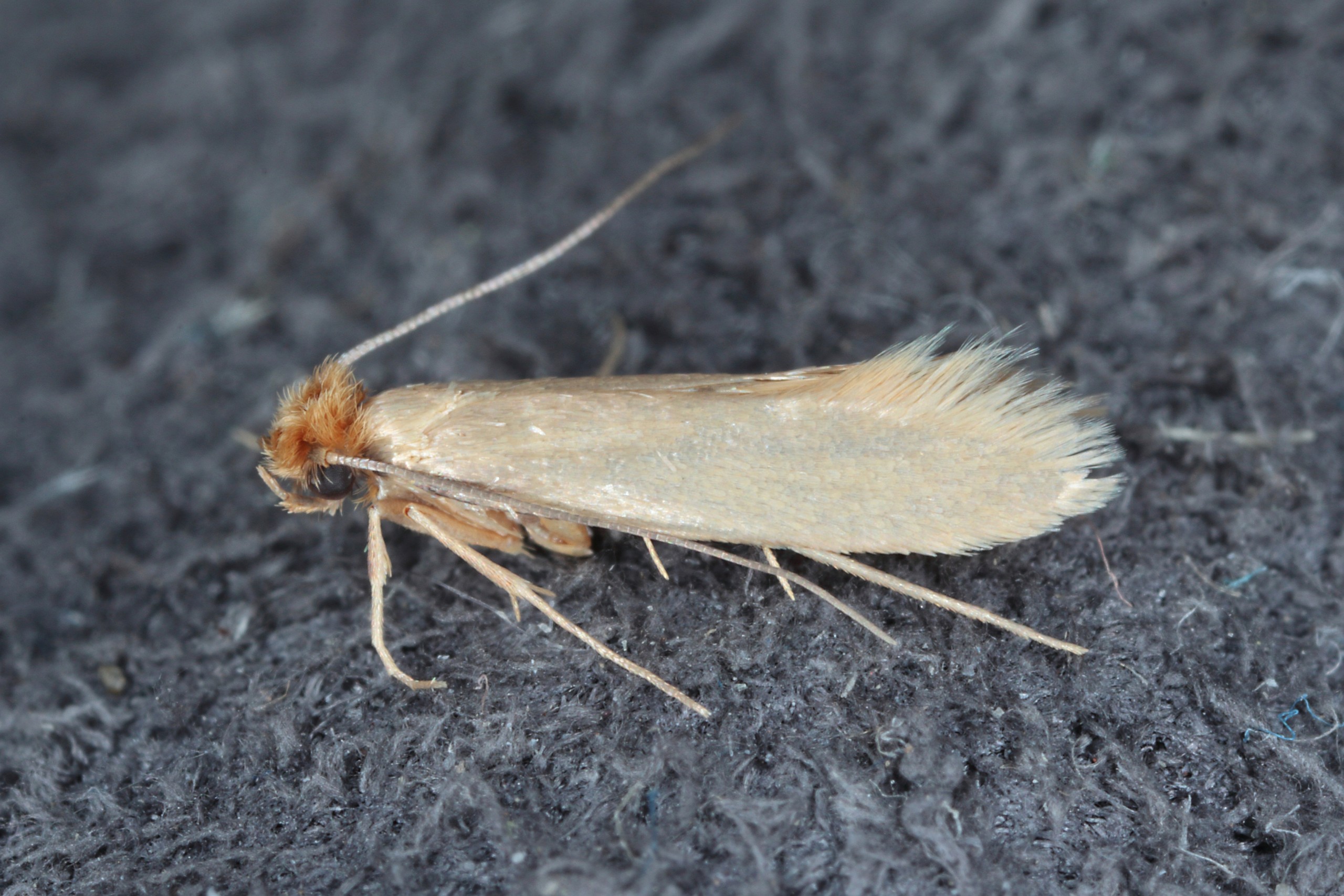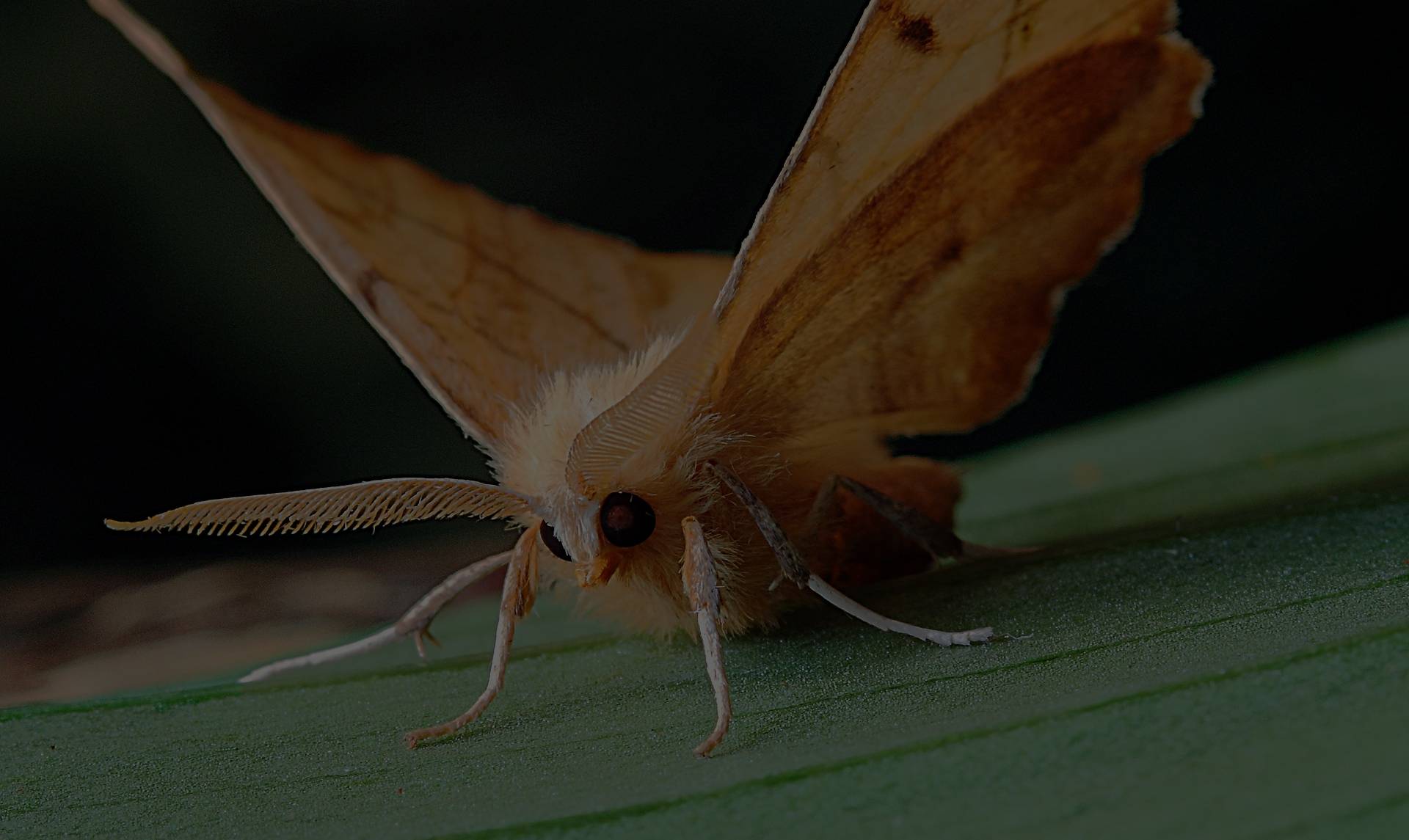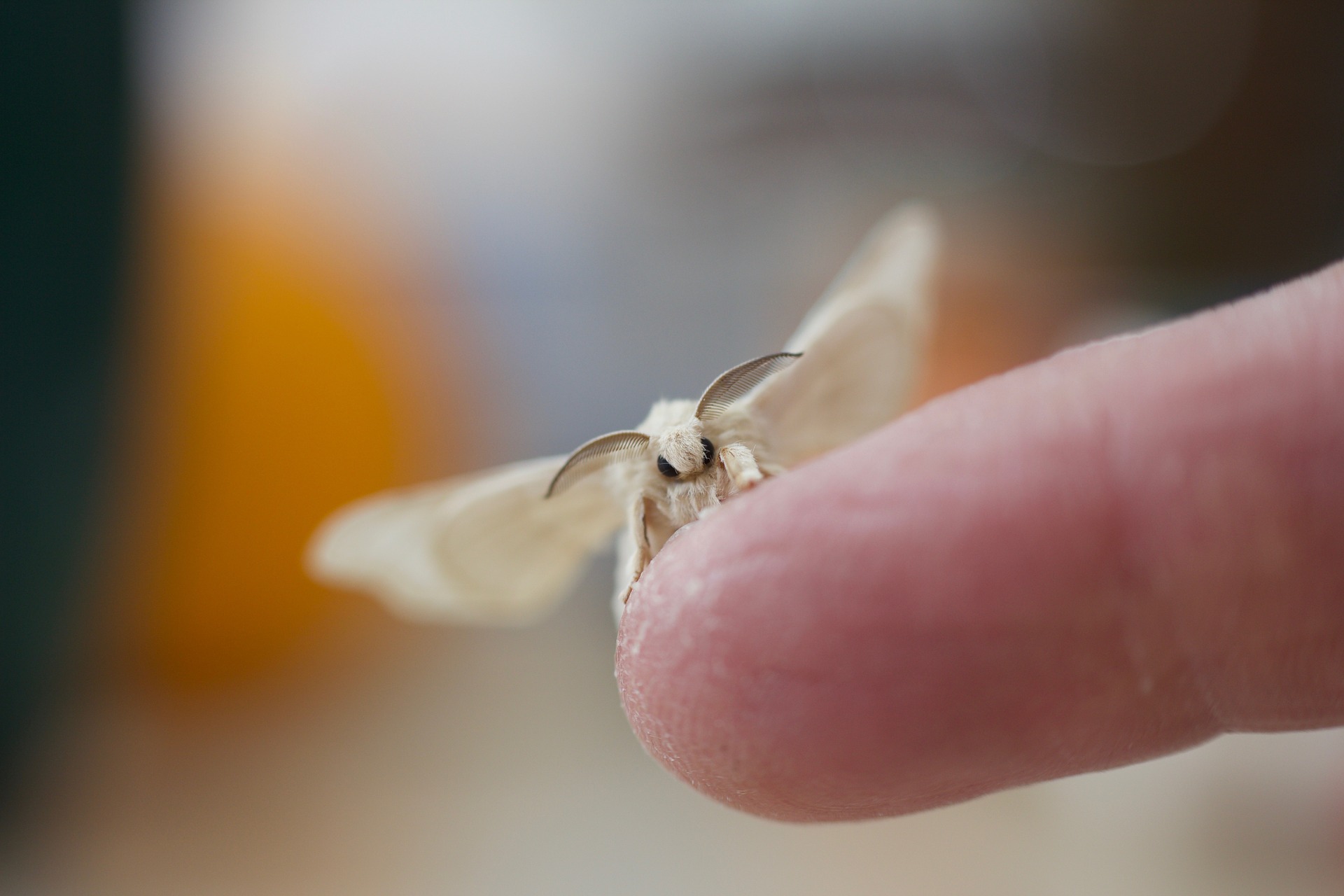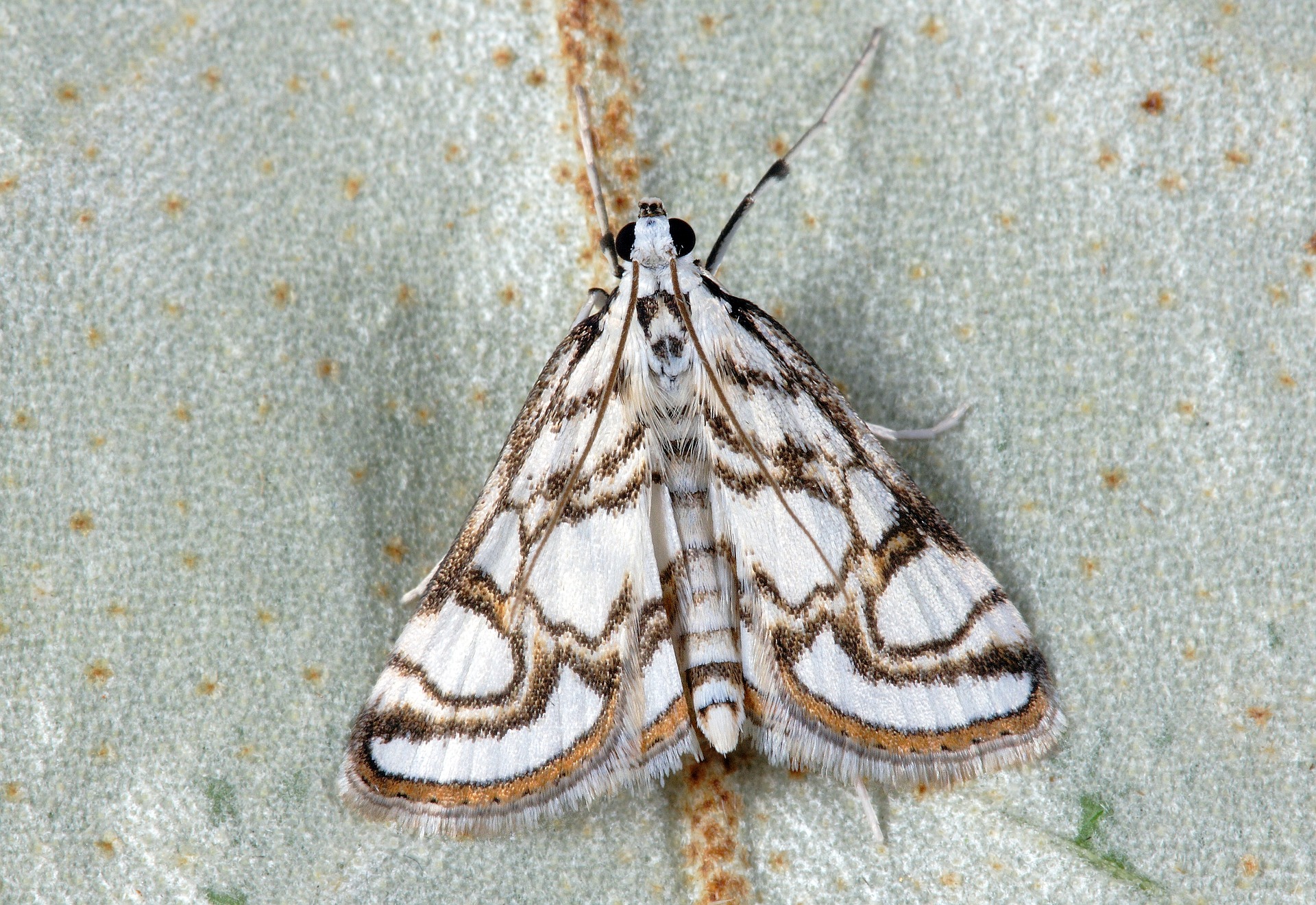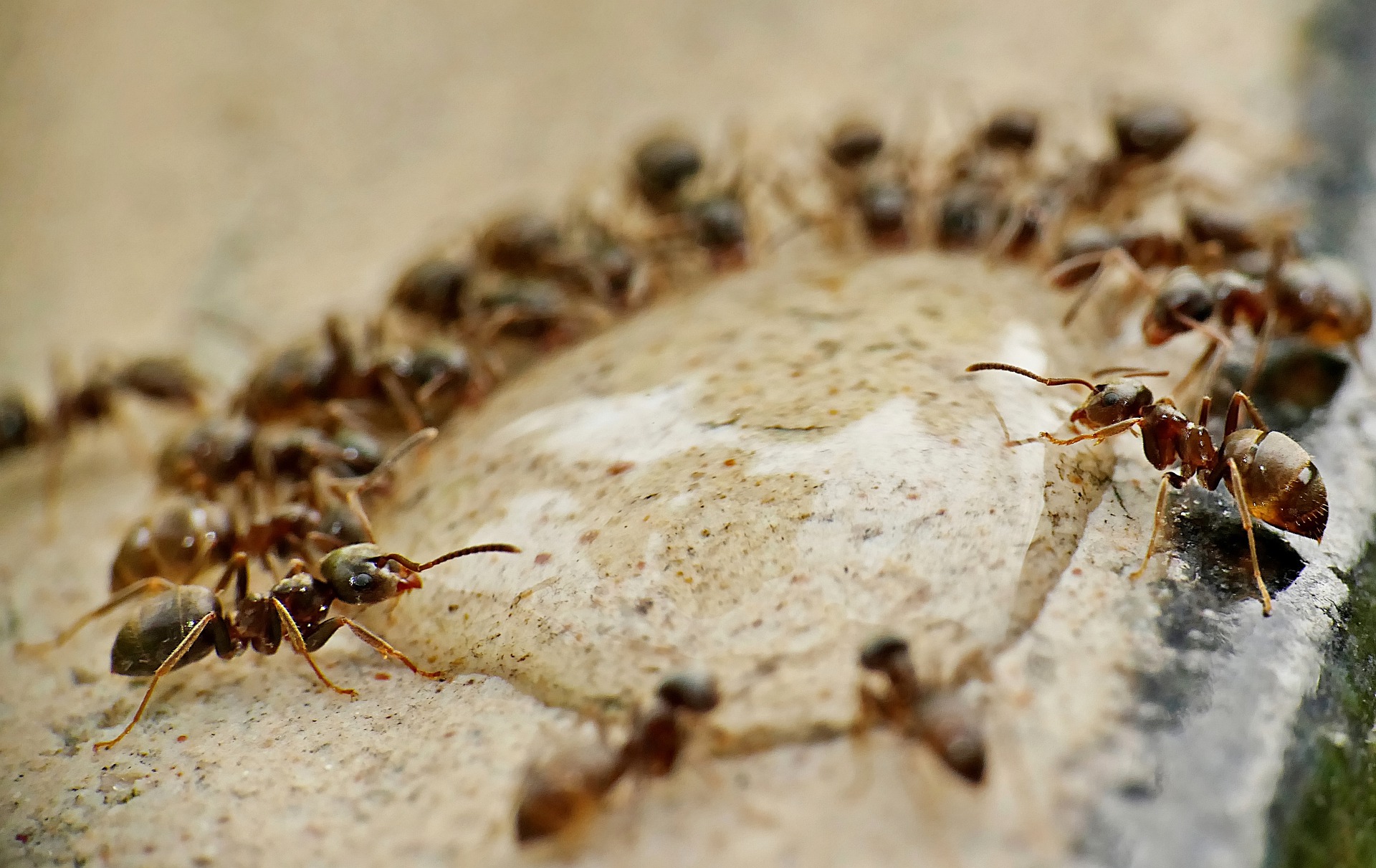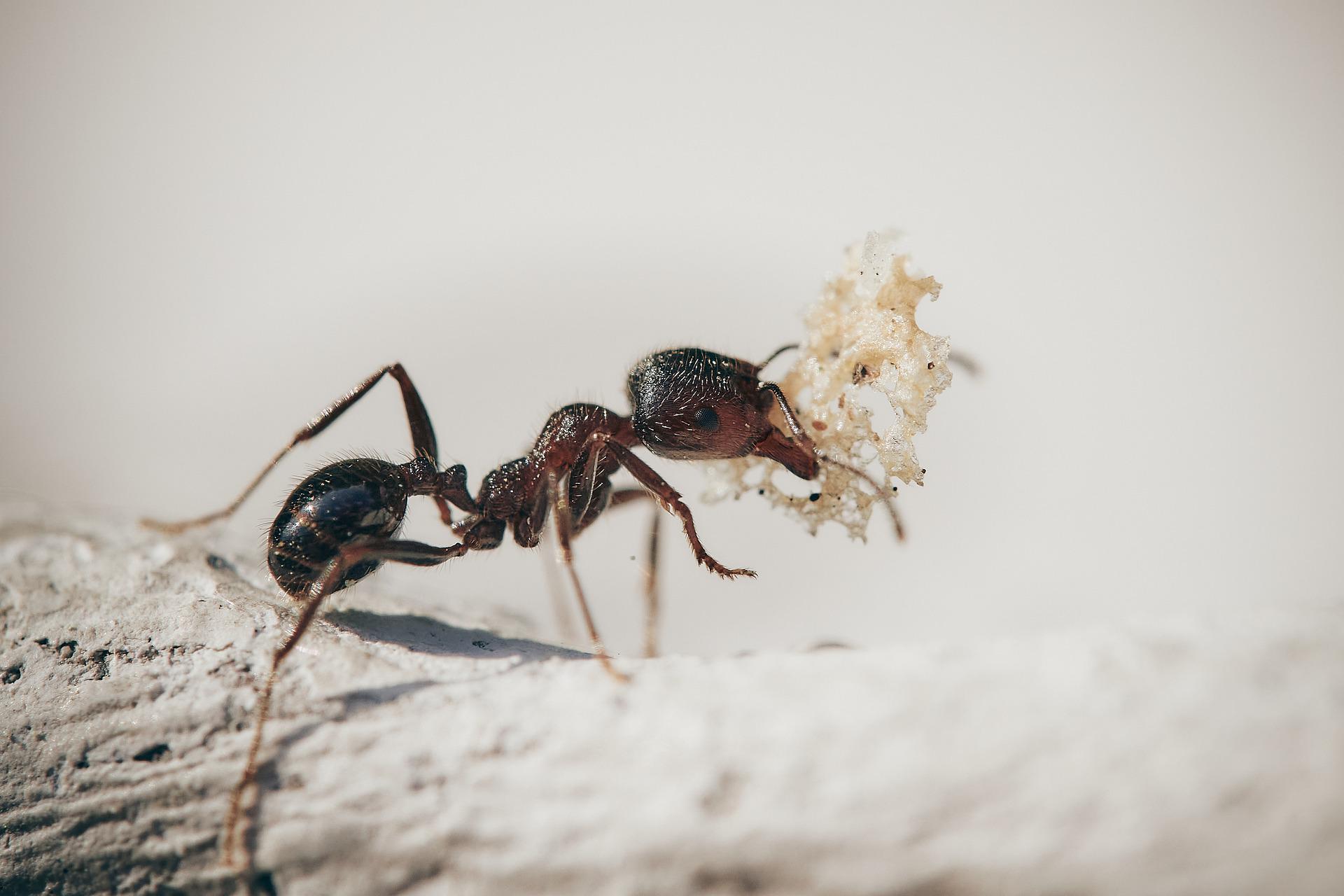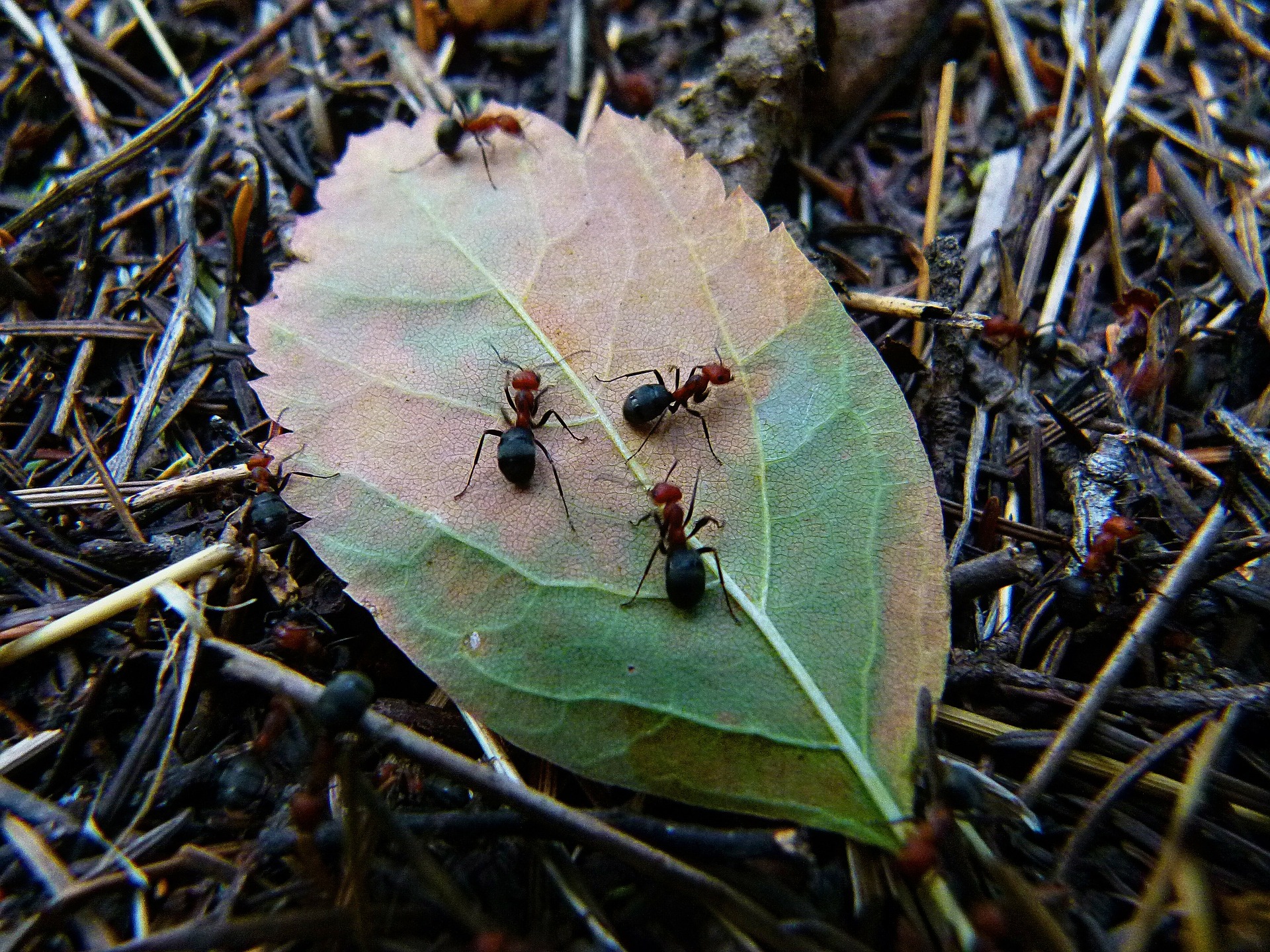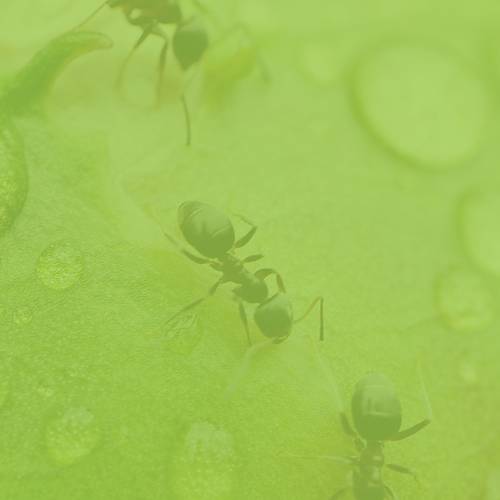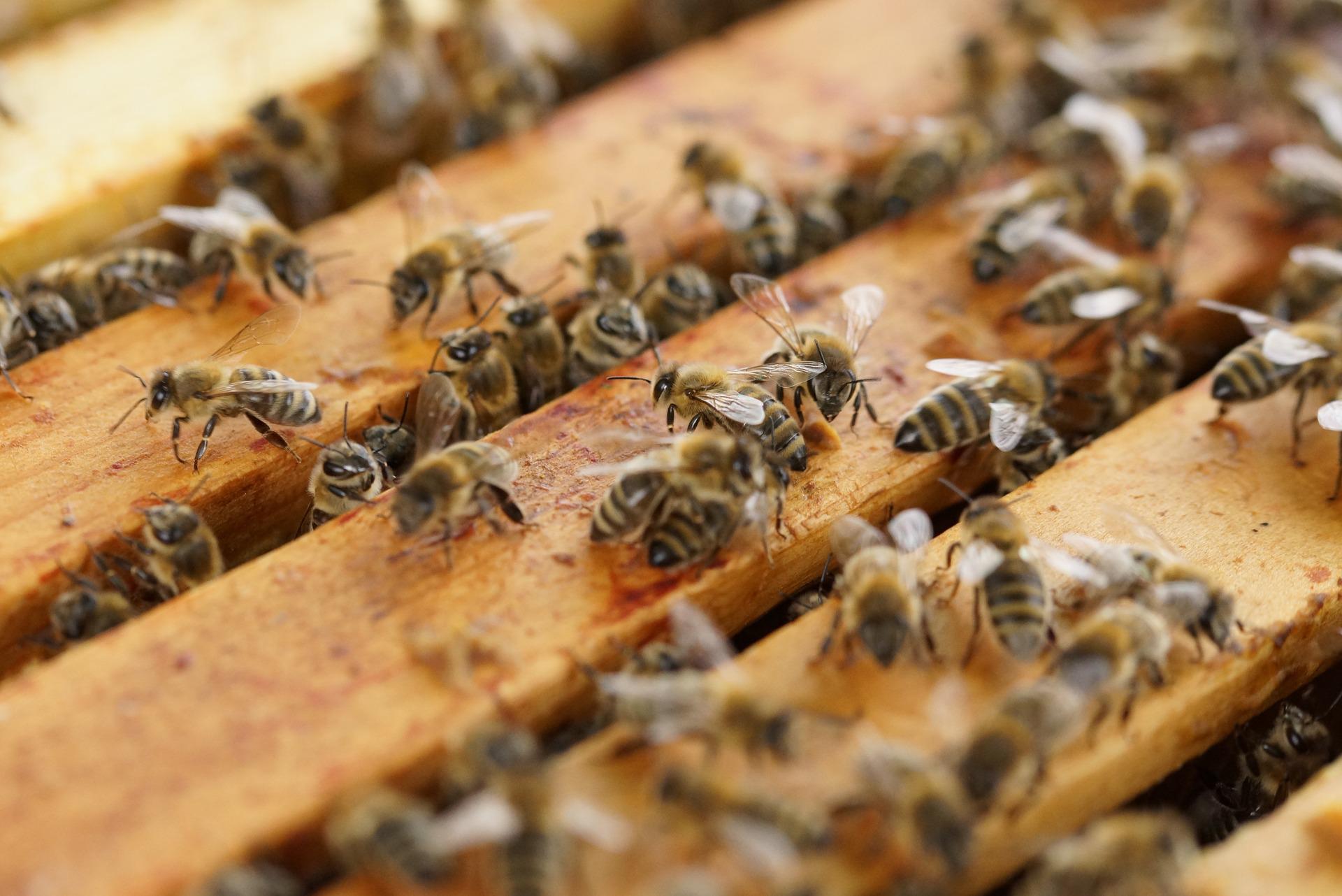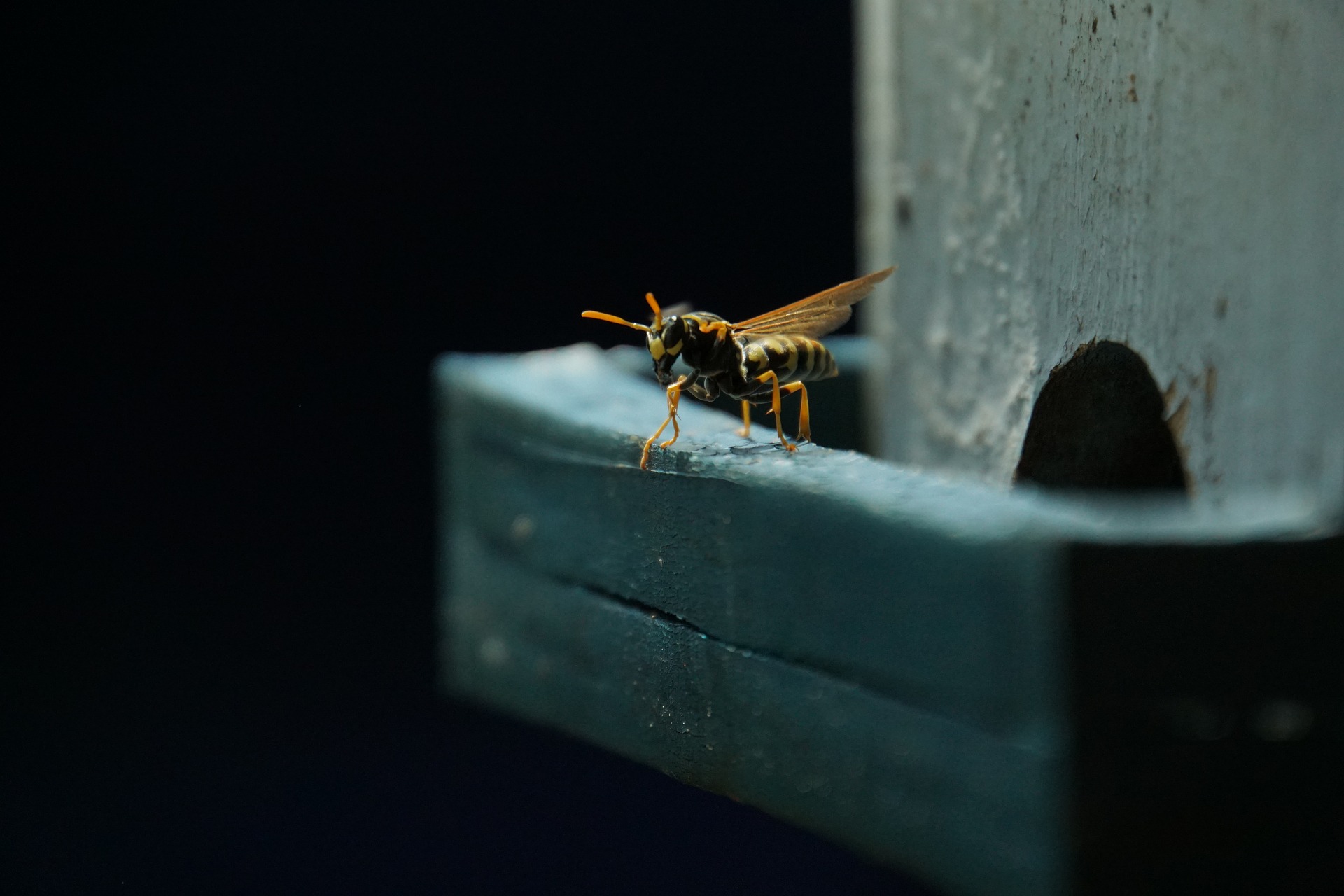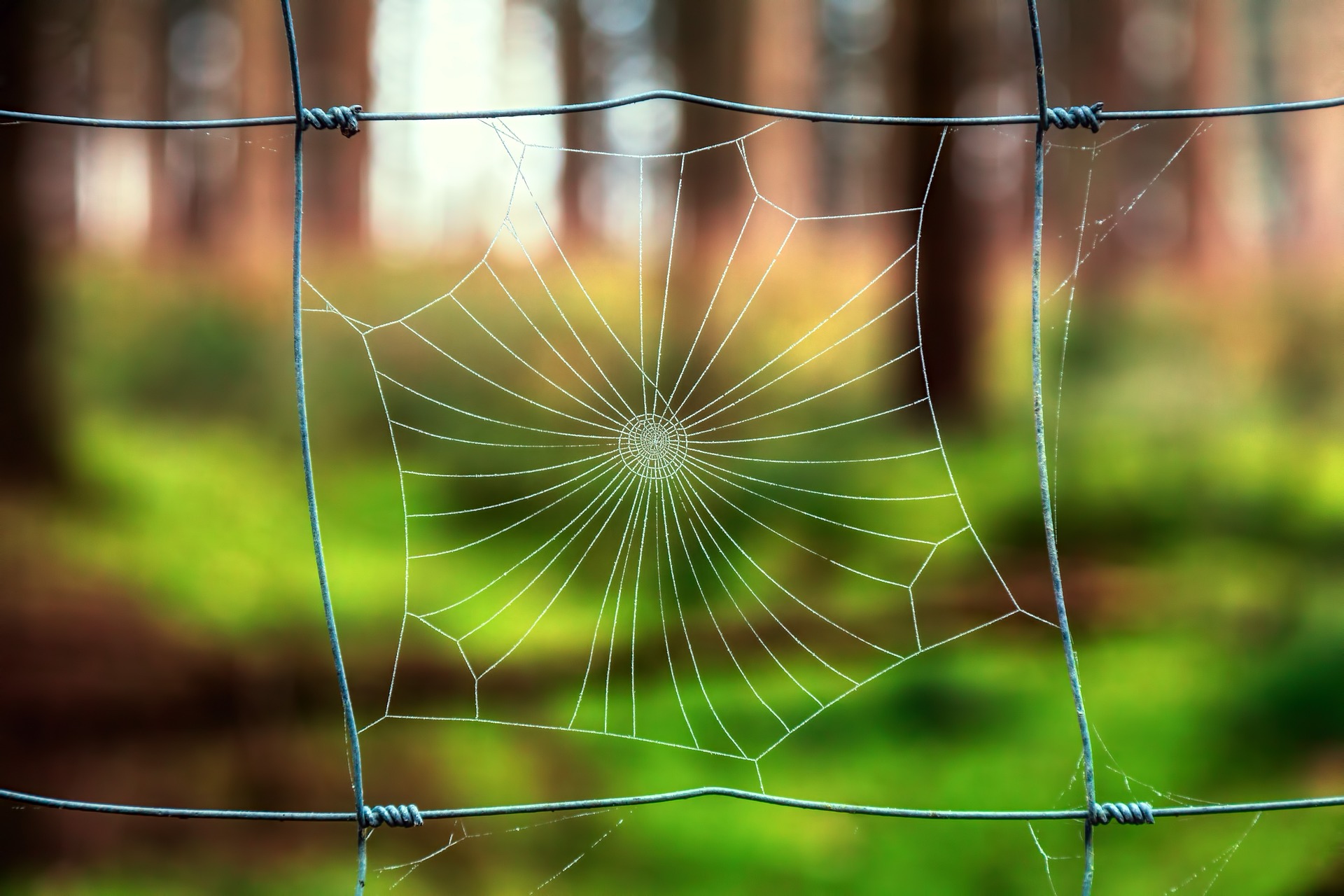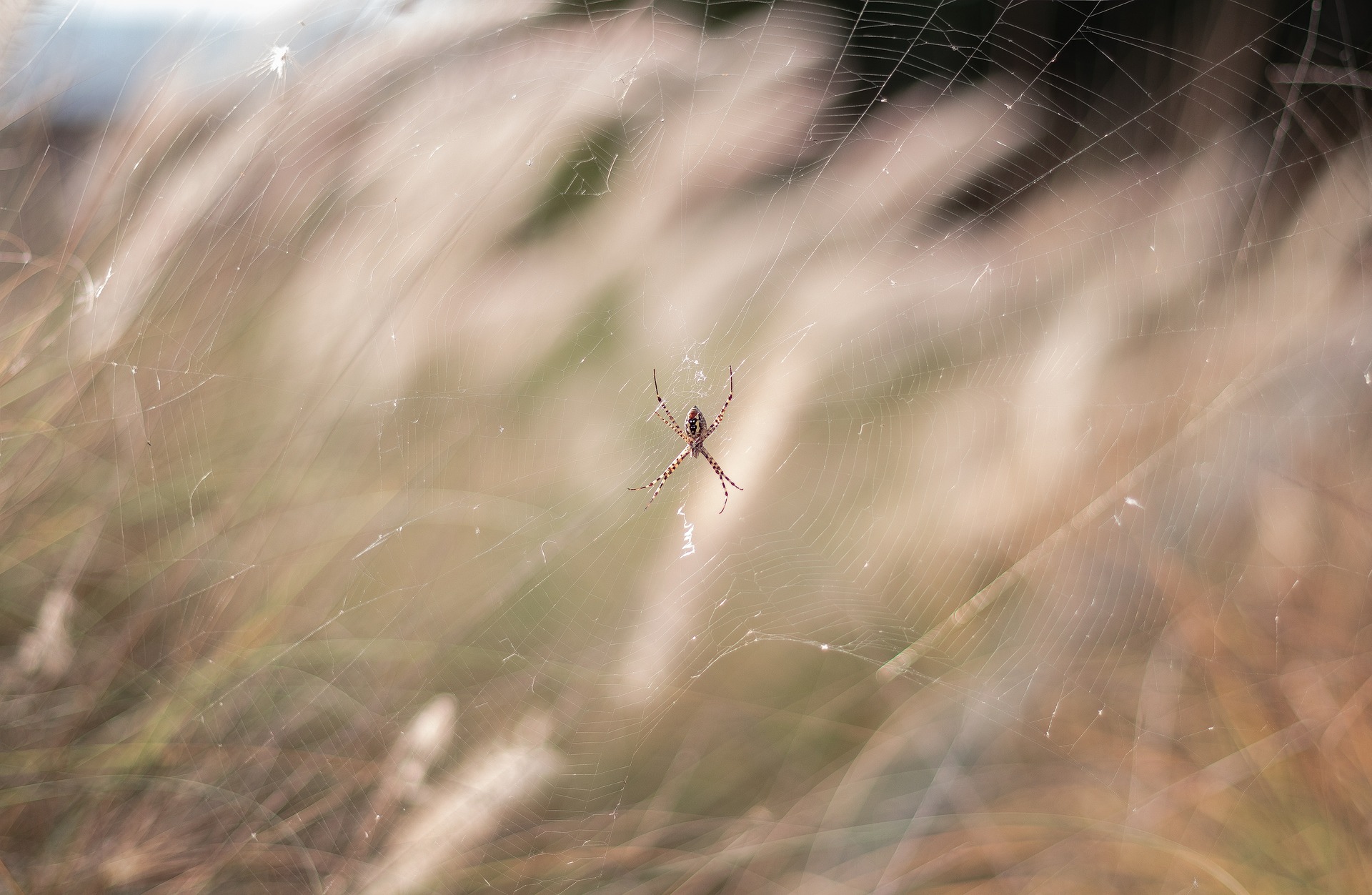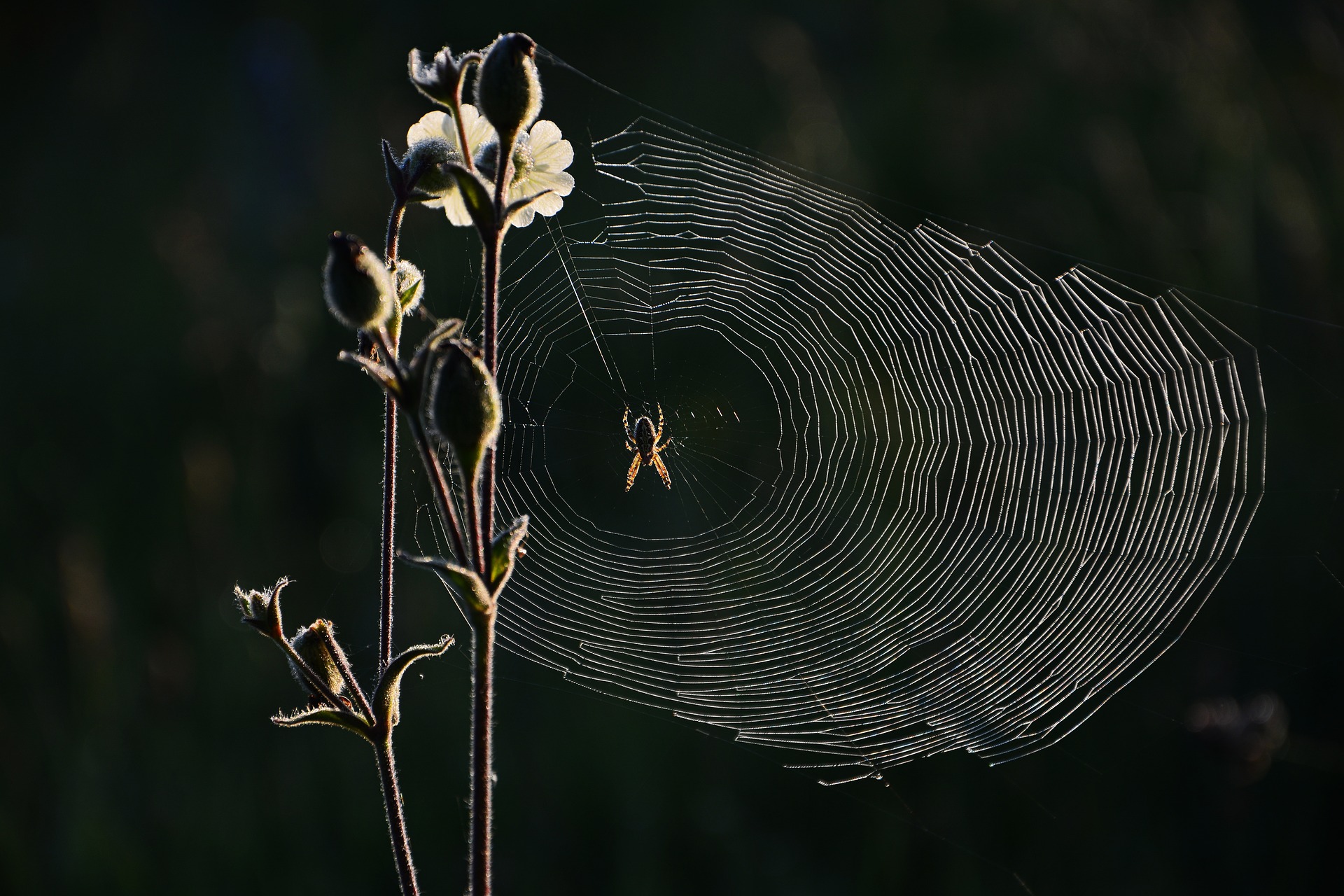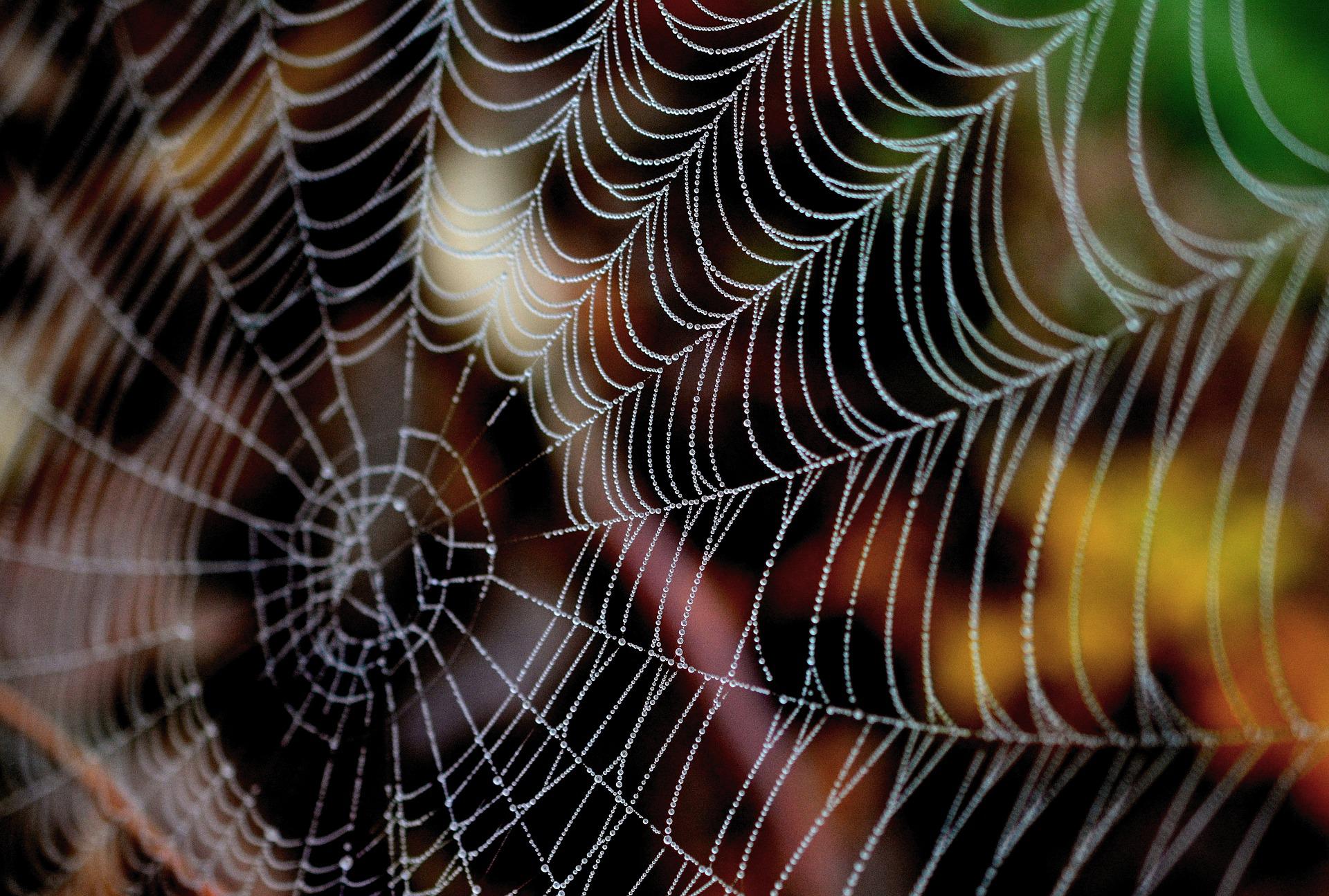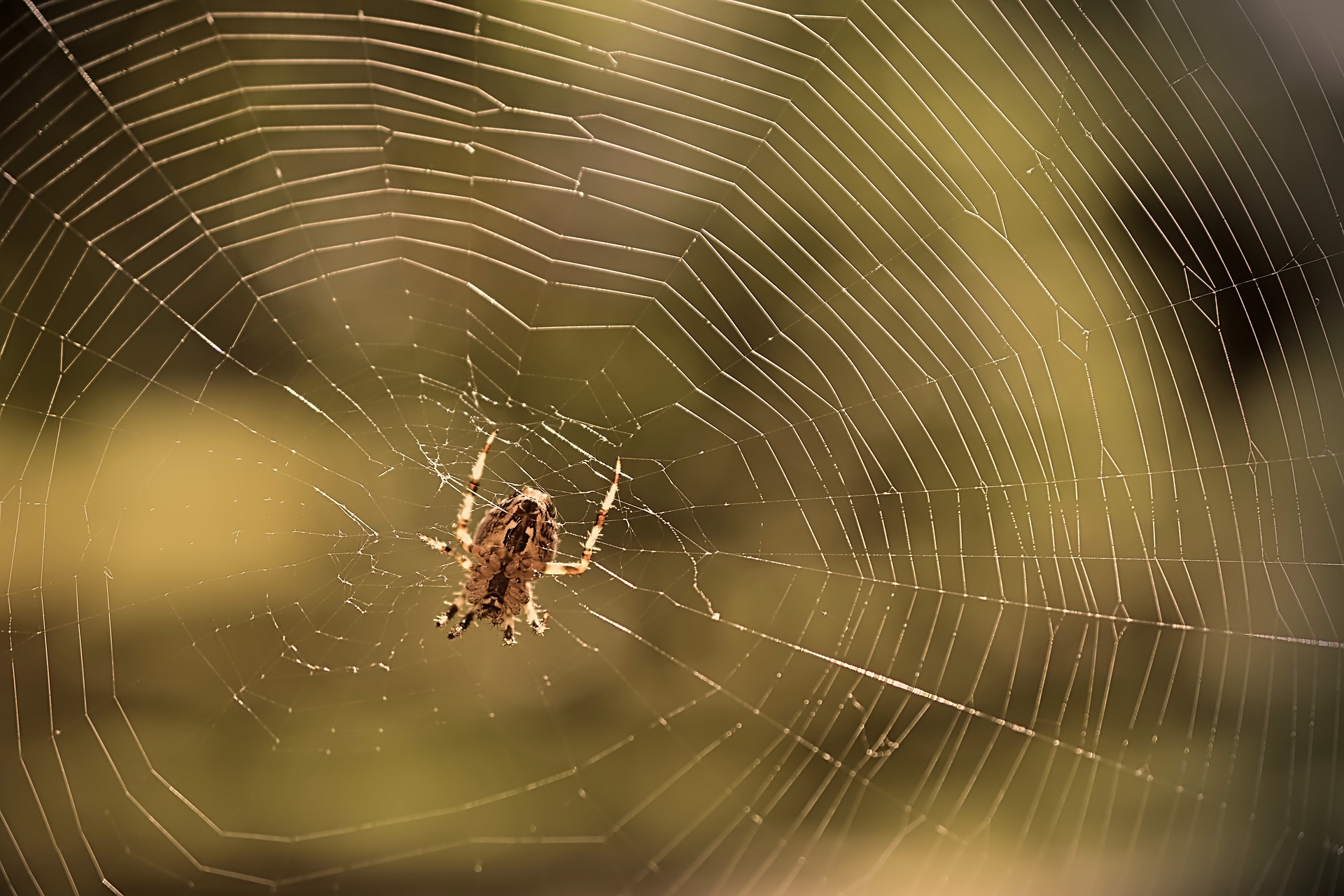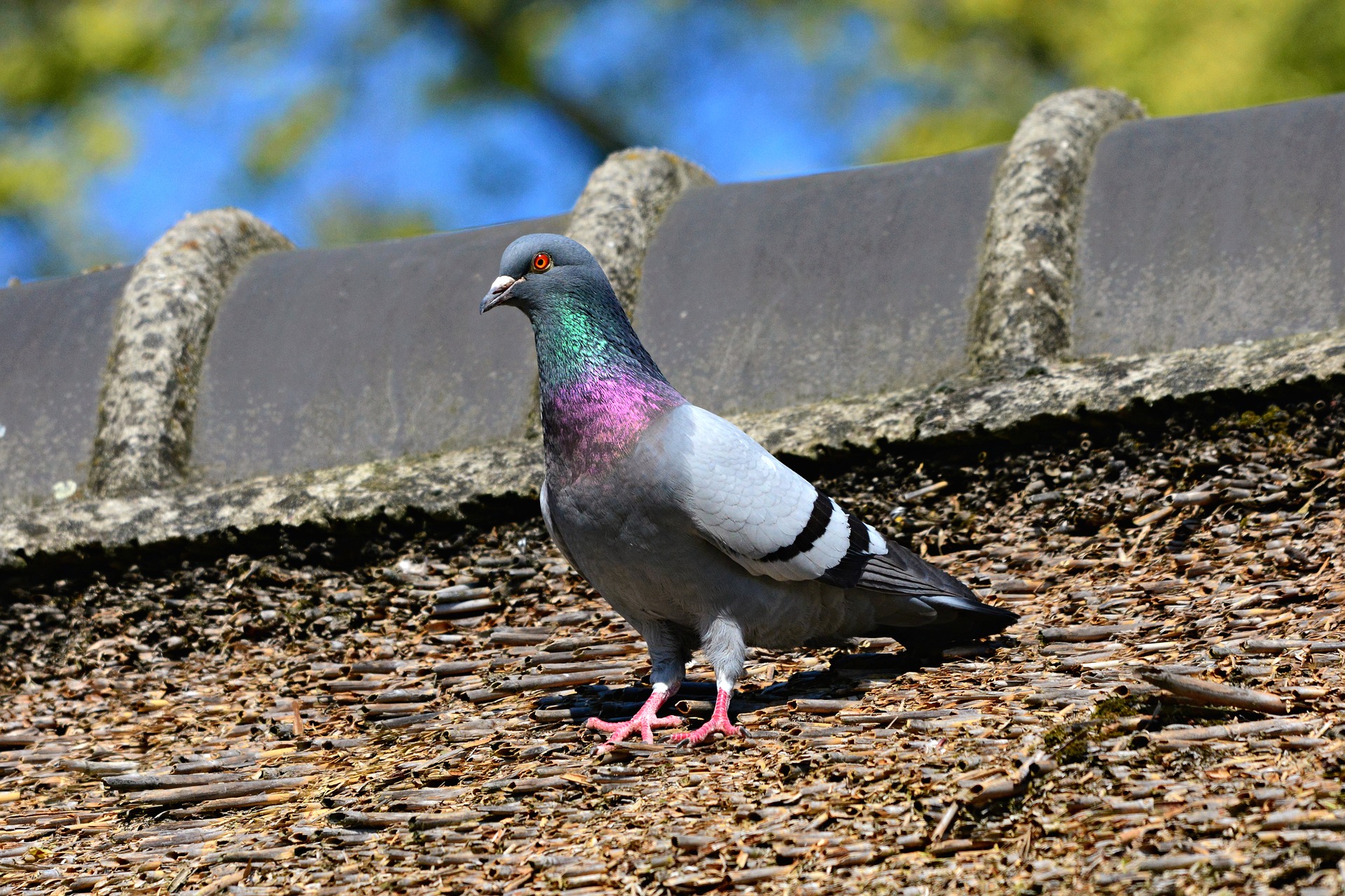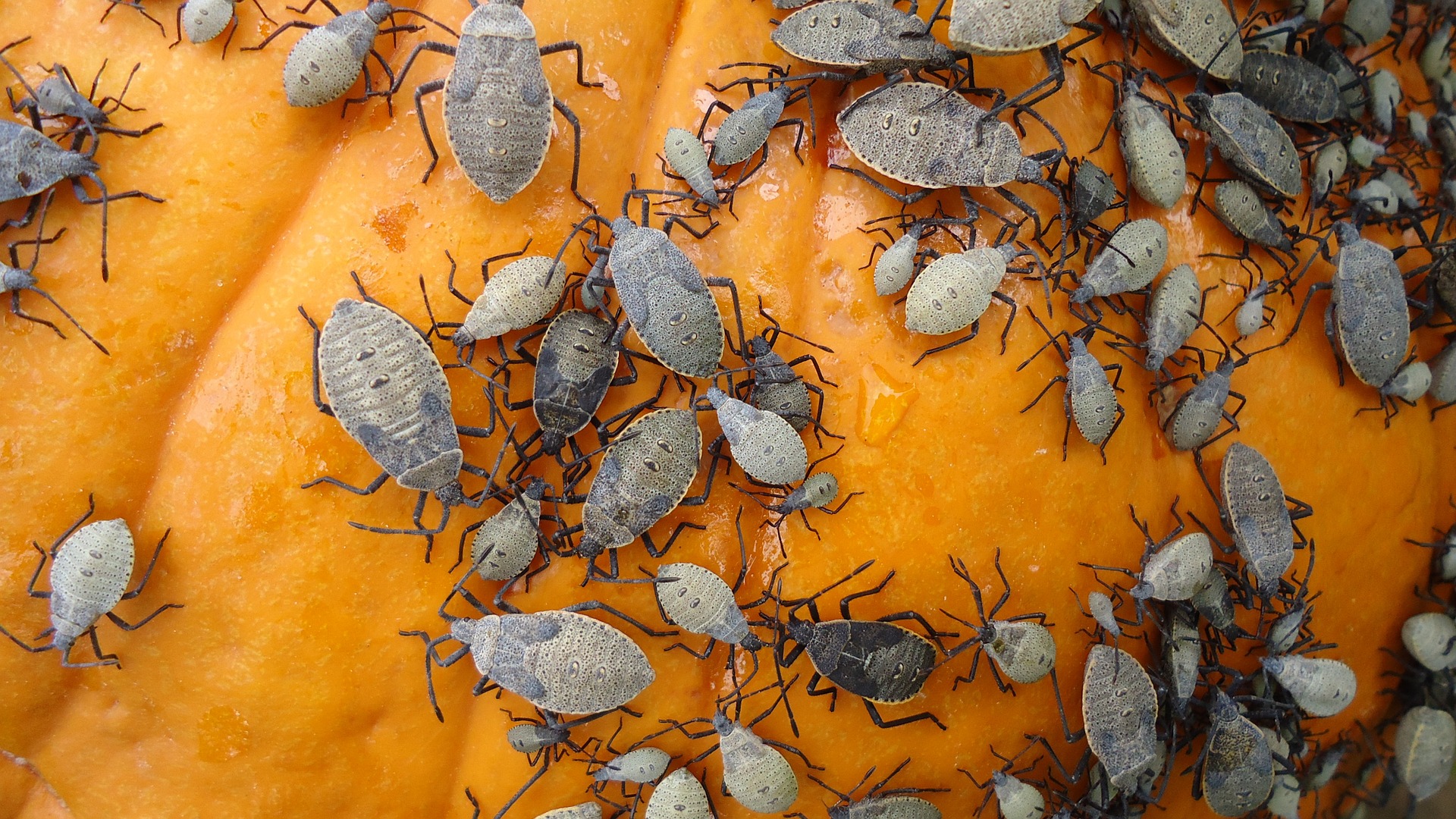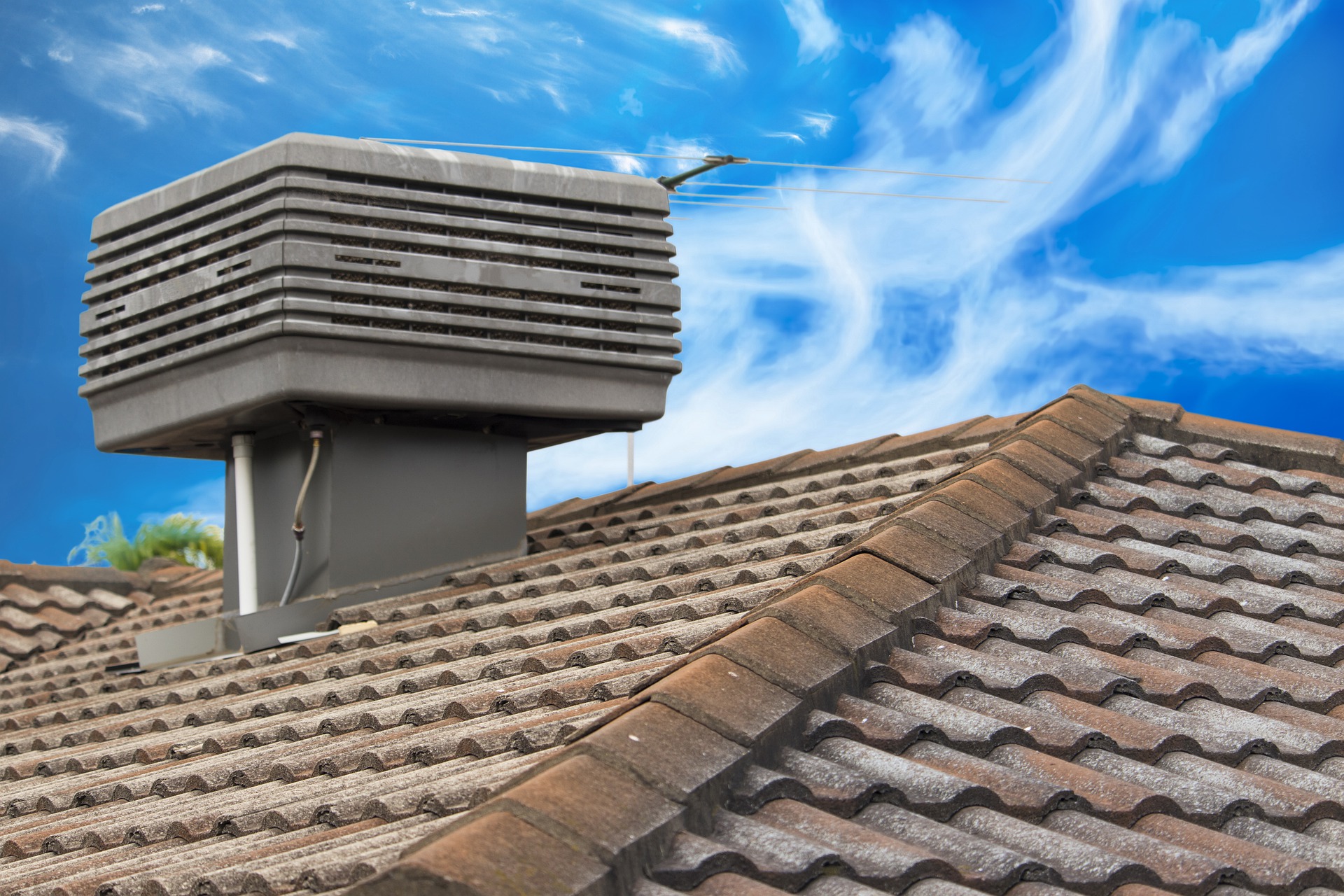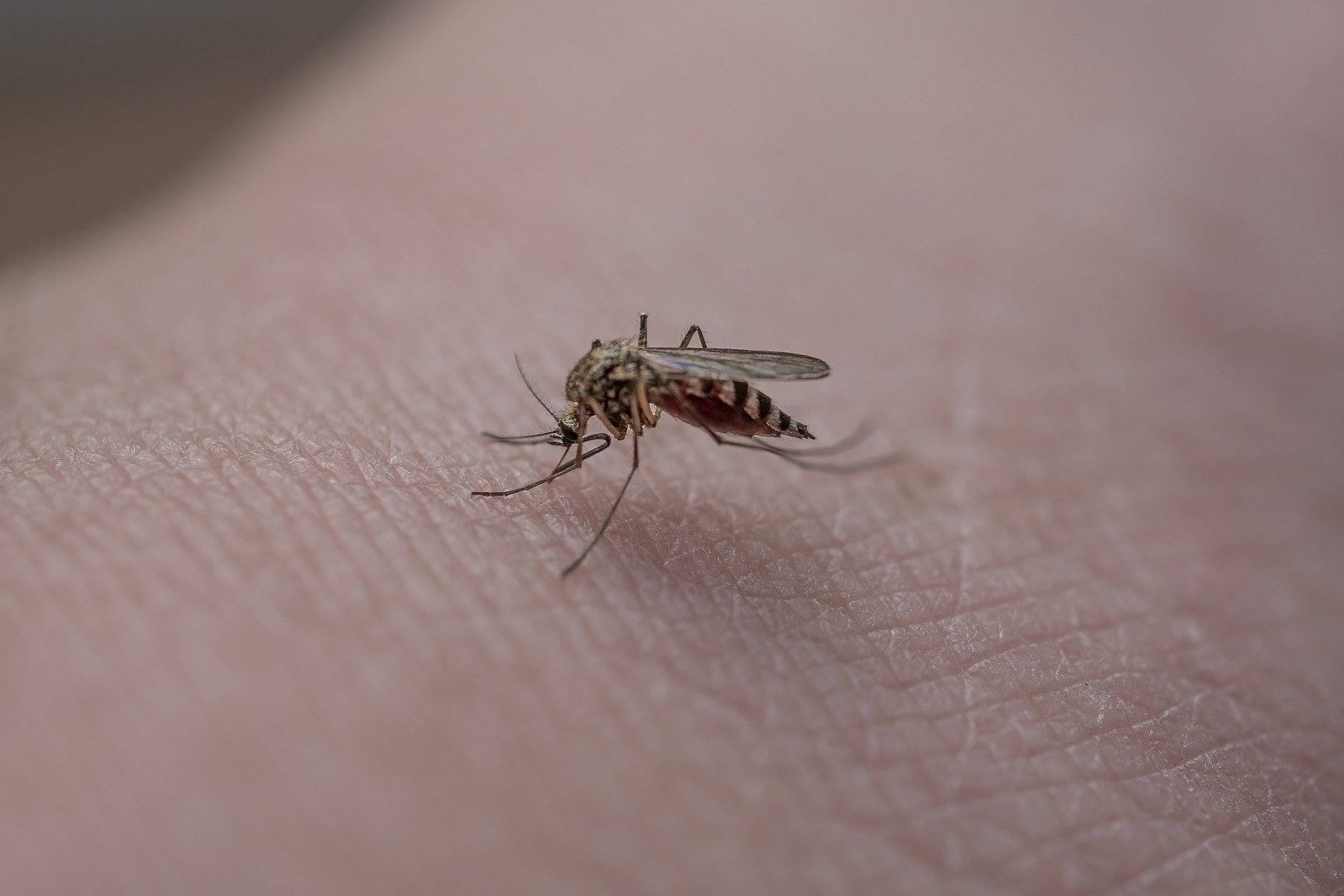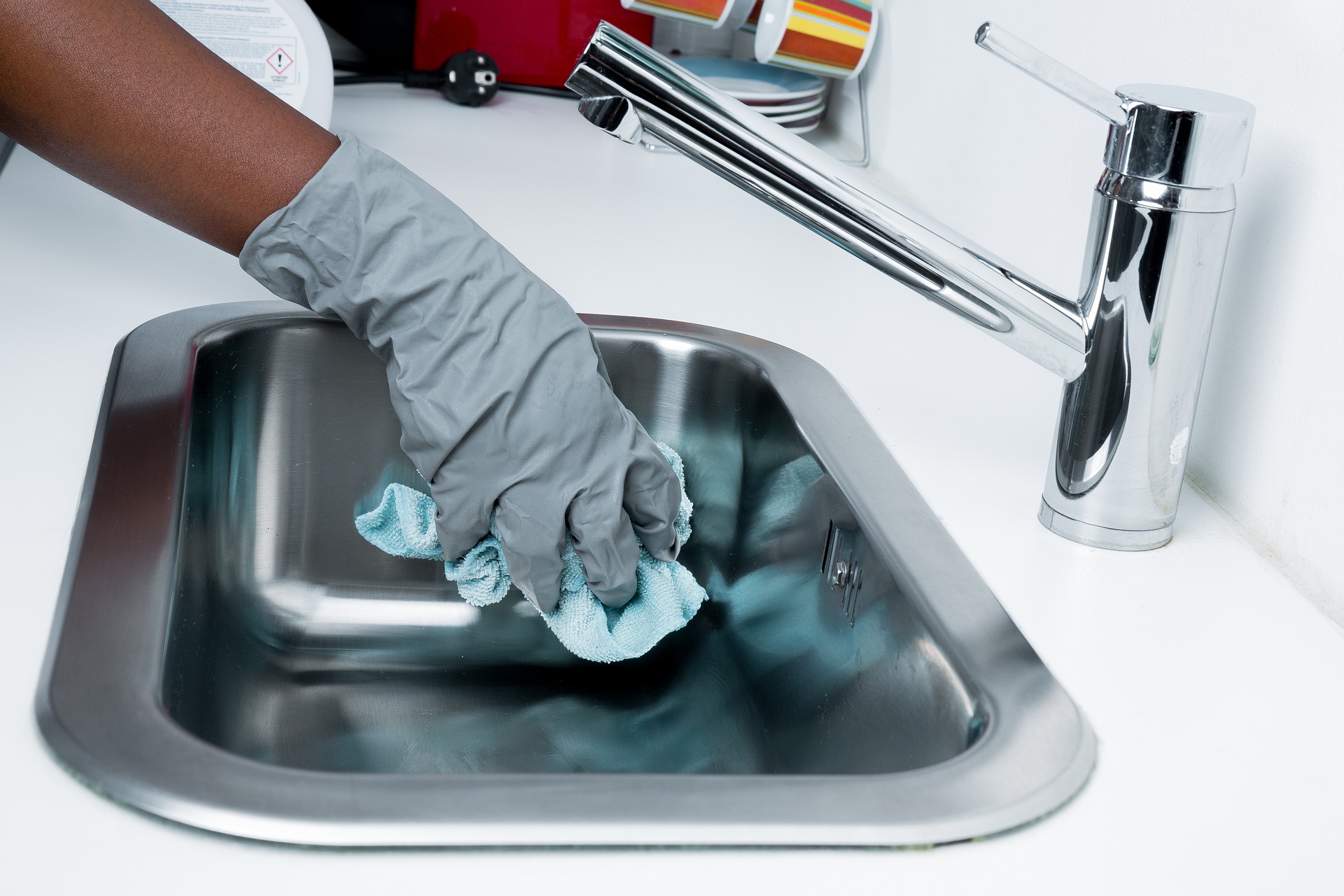Introduction:
Greetings, homeowners and concerned readers! As a seasoned pest control expert, I have witnessed countless infestations, but one that often goes unnoticed until it’s too late is the moth infestation. These seemingly harmless creatures can wreak havoc on your belongings and cause substantial damage if left untreated. So, join me today as we uncover the secrets of detecting and treating a moth infestation, helping you regain control of your home.
The Intruders Among Us:
Moths, although often associated with their elusive attraction to light, are far more than just fluttering nuisances. These tiny creatures, belonging to the Lepidoptera order, have an insatiable appetite for fabrics, carpets, fur, and even food items. Their larvae, known as caterpillars, are the real culprits, causing extensive damage as they chew through various materials in search of sustenance.
Detecting the Enemy:
Moth infestations can be challenging to spot, as these silent invaders tend to lay their eggs in discreet locations. However, there are some telltale signs to watch out for:
a. Fabric Damage: Keep an eye out for small holes, uneven edges, or discoloration on your clothes, curtains, upholstery, or carpets.
b. Webbing: Moth larvae often spin silk-like threads while feeding, leaving behind a web-like substance on affected items.
c. Larvae Sightings: Spotting small, white caterpillars crawling around your home is a clear indication of a moth infestation.
Proactive Measures:
Prevention is key when it comes to moth infestations. Here are some steps you can take to protect your home from these persistent pests:
a. Regular Cleaning: Vacuum carpets, rugs, and upholstery frequently to remove eggs, larvae, and adults. Pay extra attention to hidden areas and corners.
b. Storage Solutions: Keep clothing and other fabric items in sealed plastic containers or garment bags, especially during moth-prone seasons.
c. Natural Deterrents: Moths dislike strong scents, so consider using natural repellents like cedarwood or lavender sachets in your closets and drawers.
Effective Treatment Strategies:
If you suspect a moth infestation or have confirmed its presence, swift action is crucial. Here’s what you can do to combat these silent invaders:
a. Freezing and Heat Treatment: Items that can withstand extreme temperatures can be frozen or heated to kill moth eggs and larvae.
b. Dry Cleaning and Laundering: Washing clothes and fabrics at high temperatures or having them professionally dry cleaned can eliminate larvae and eggs effectively.
c. Natural Insecticides: Environmentally friendly insecticides, such as pyrethrum-based sprays, can be used to treat affected areas and discourage moth infestations.
Conclusion:
In the battle against moth infestations, knowledge is power. By staying vigilant, taking preventive measures, and promptly treating any infestations, you can safeguard your home and belongings from these troublesome pests. Remember, a professional pest control service can provide expert guidance and tailored solutions if the situation becomes overwhelming.
Don’t let the silent invaders take over! Take action today and protect your home from moth infestations. Together, we can ensure a safe and pest-free environment for you and your loved ones.
Stay informed, stay proactive, and keep those moths at bay!
Disclaimer: The above blog is for informational purposes only and does not replace professional advice. Please consult a pest control expert for a thorough inspection and tailored treatment plan.


